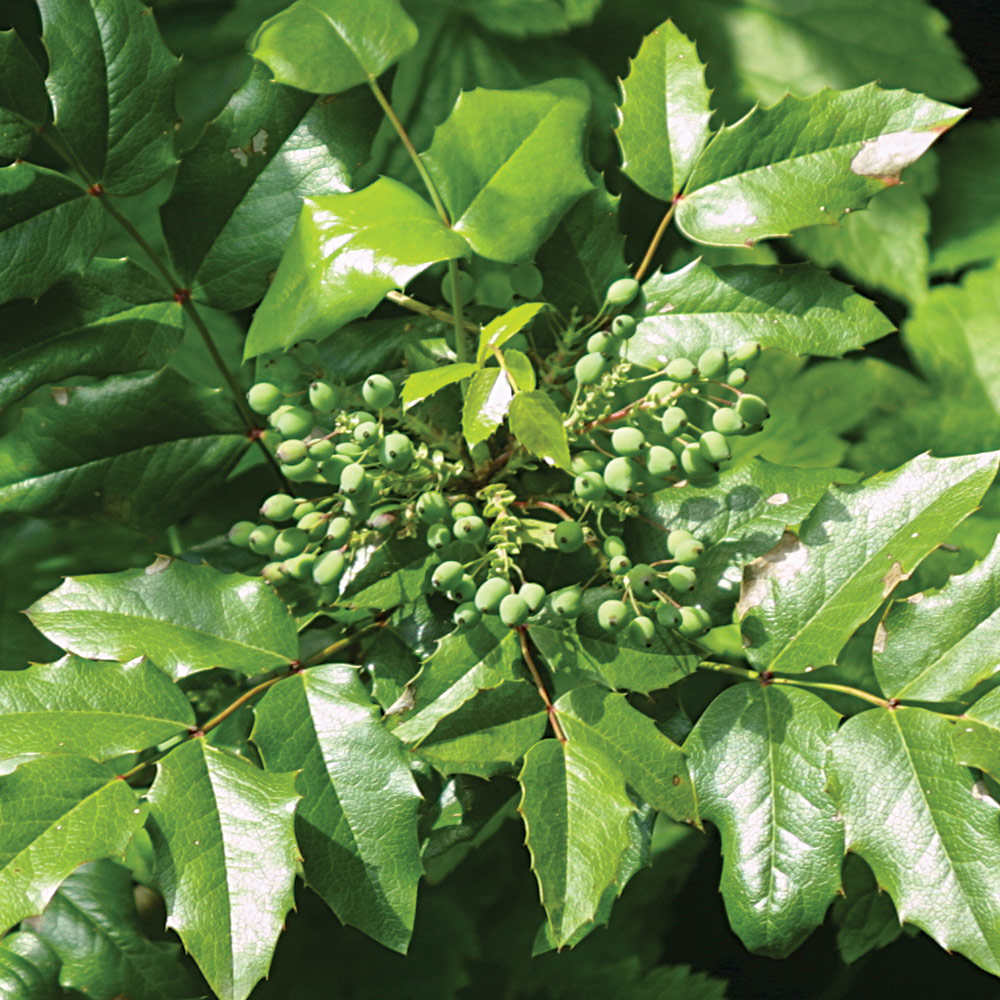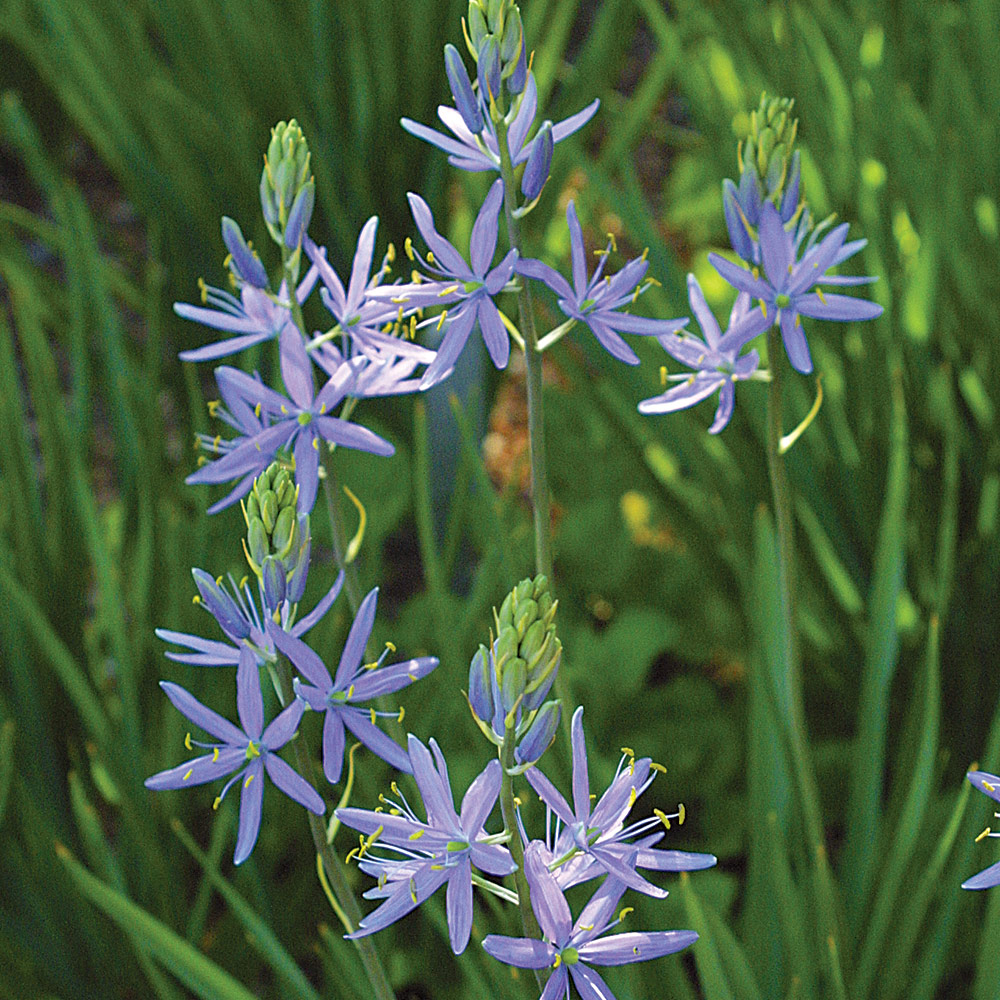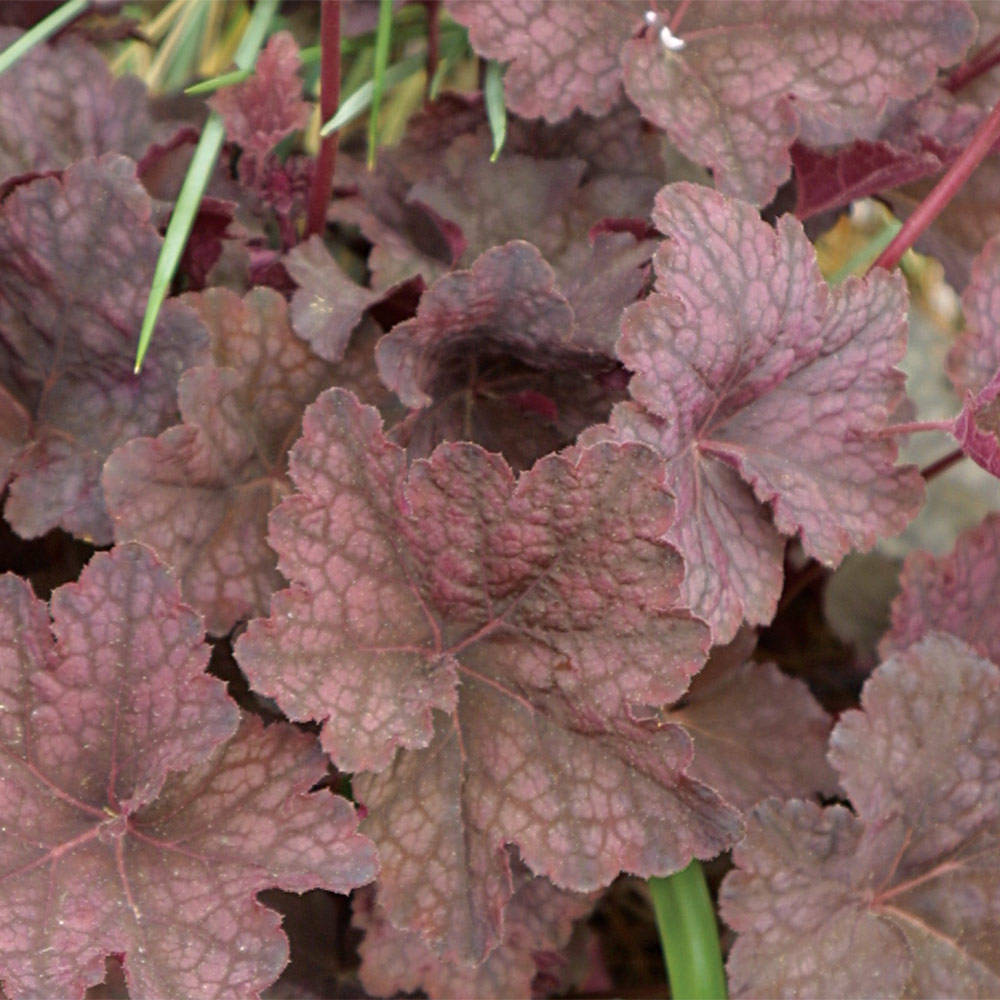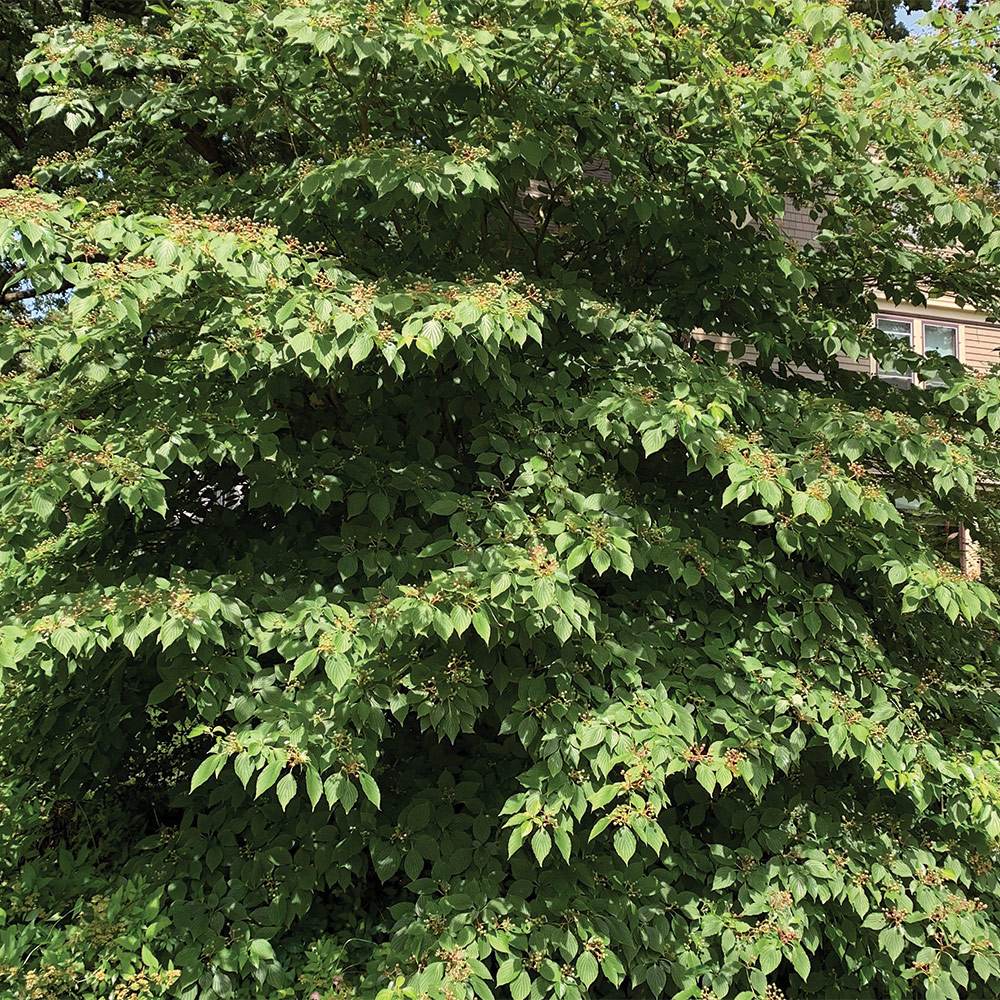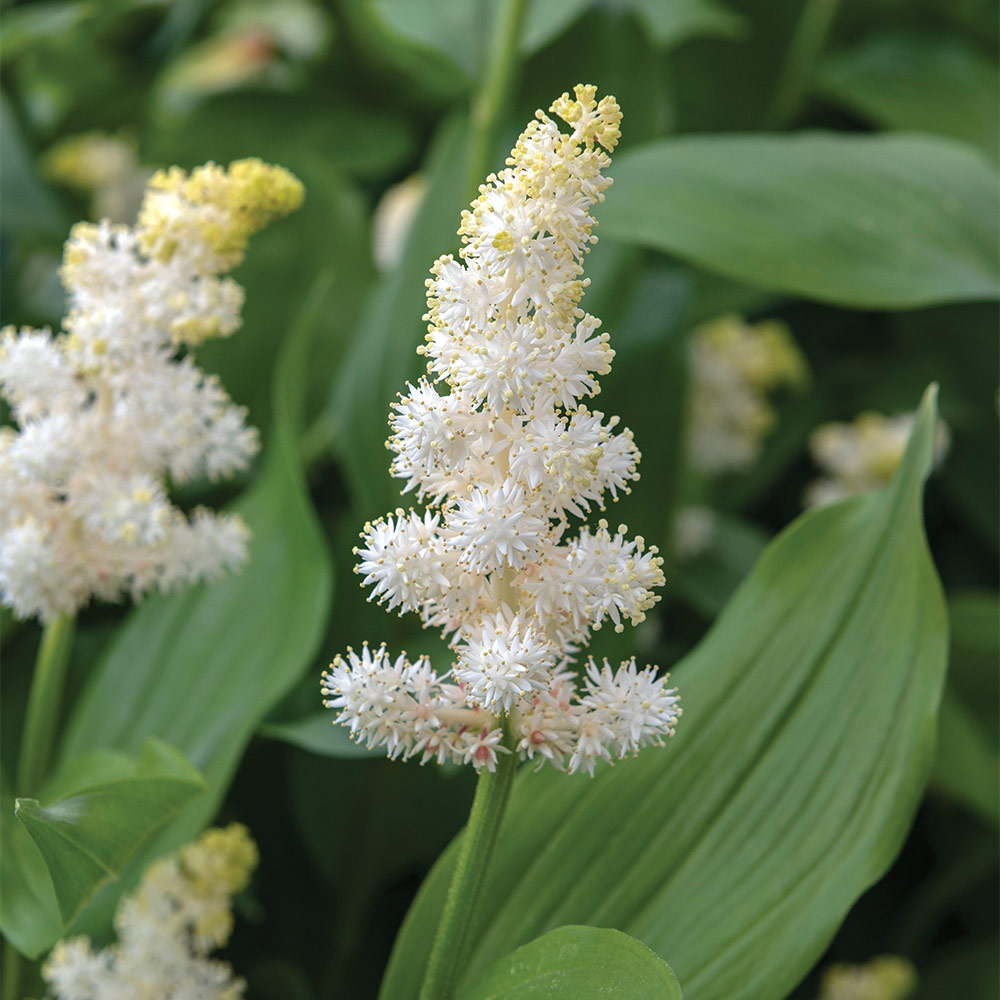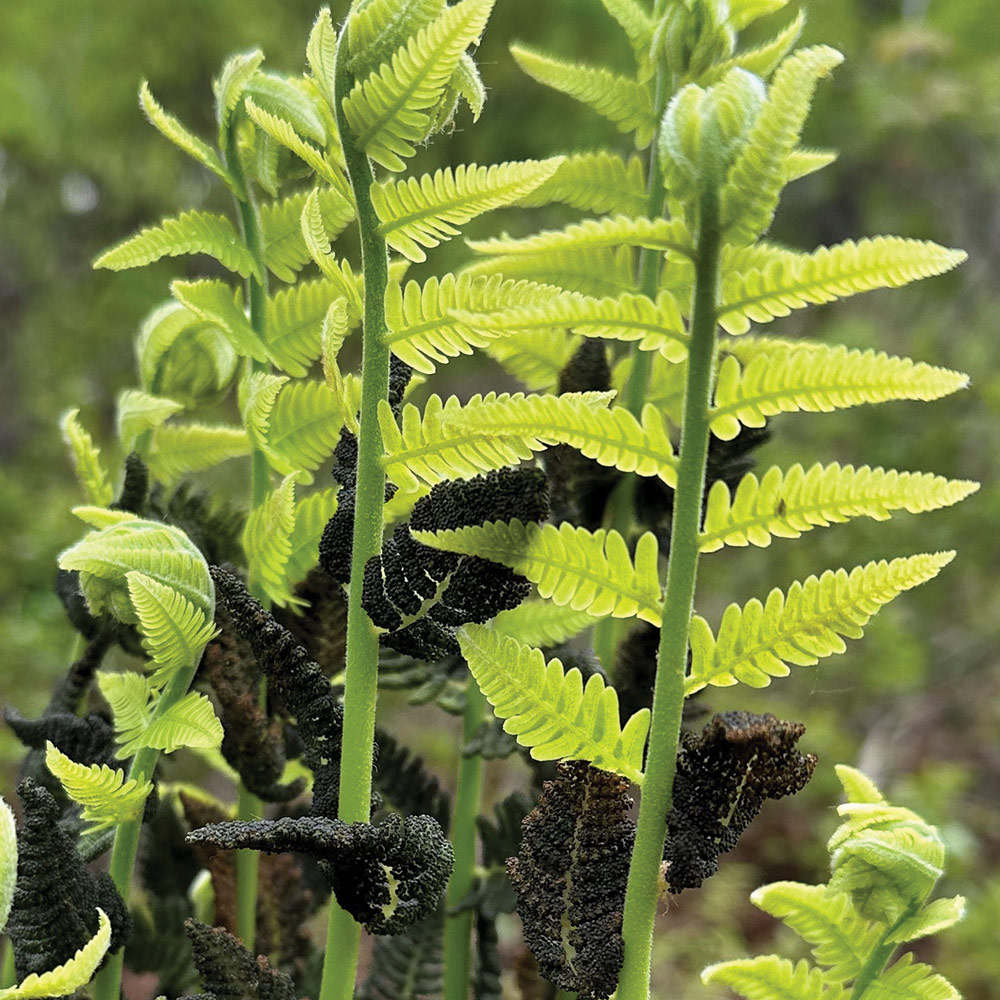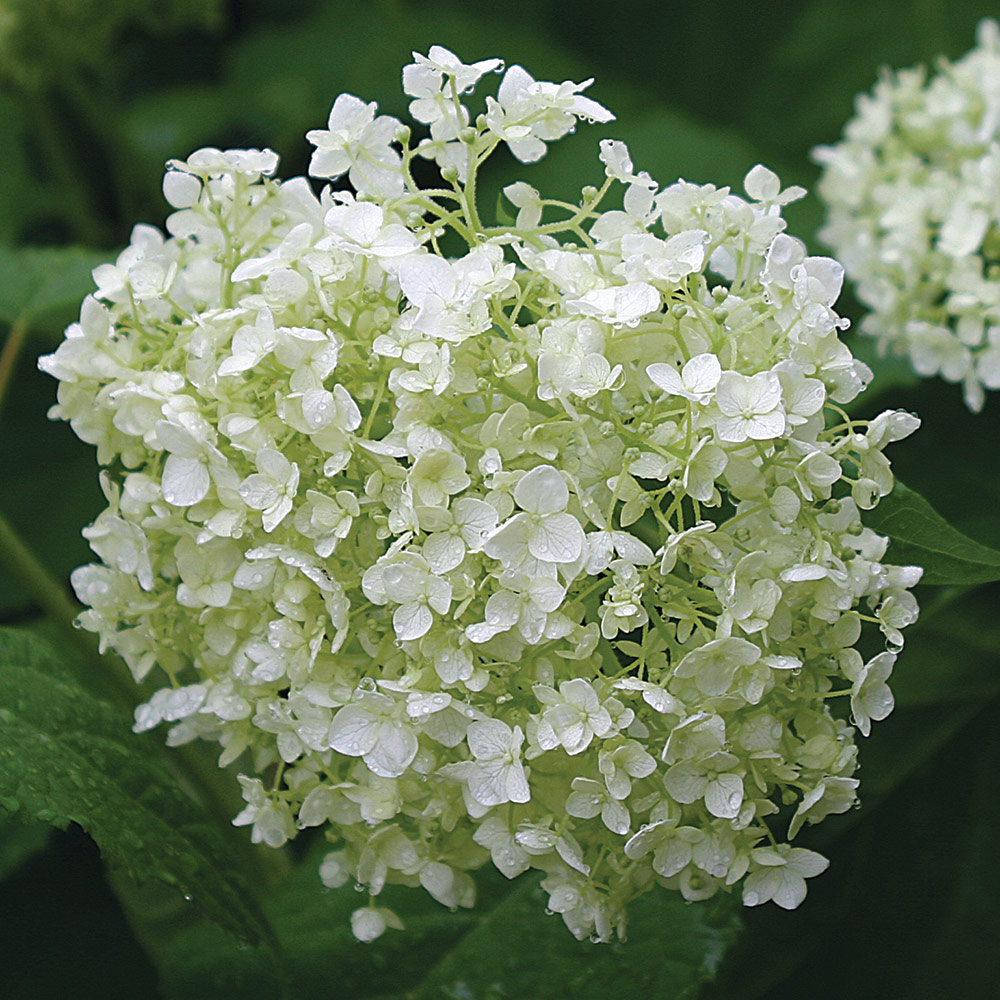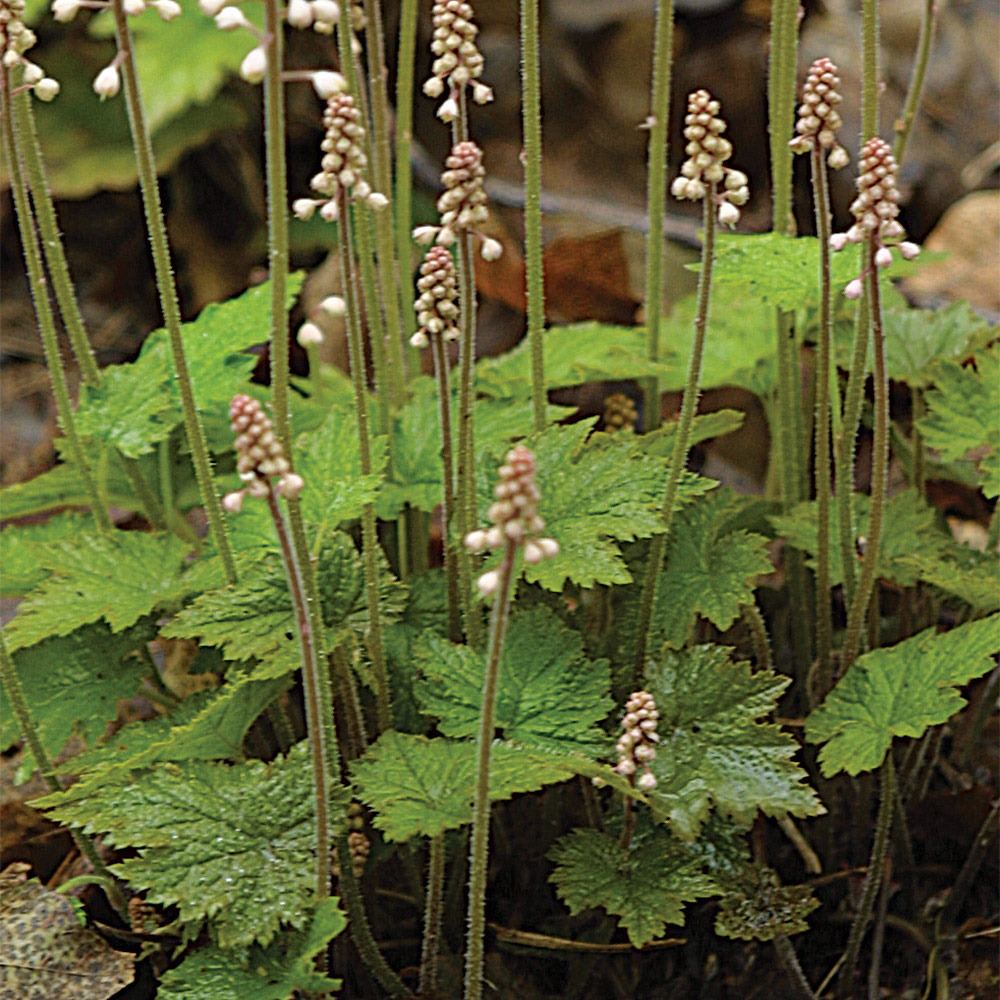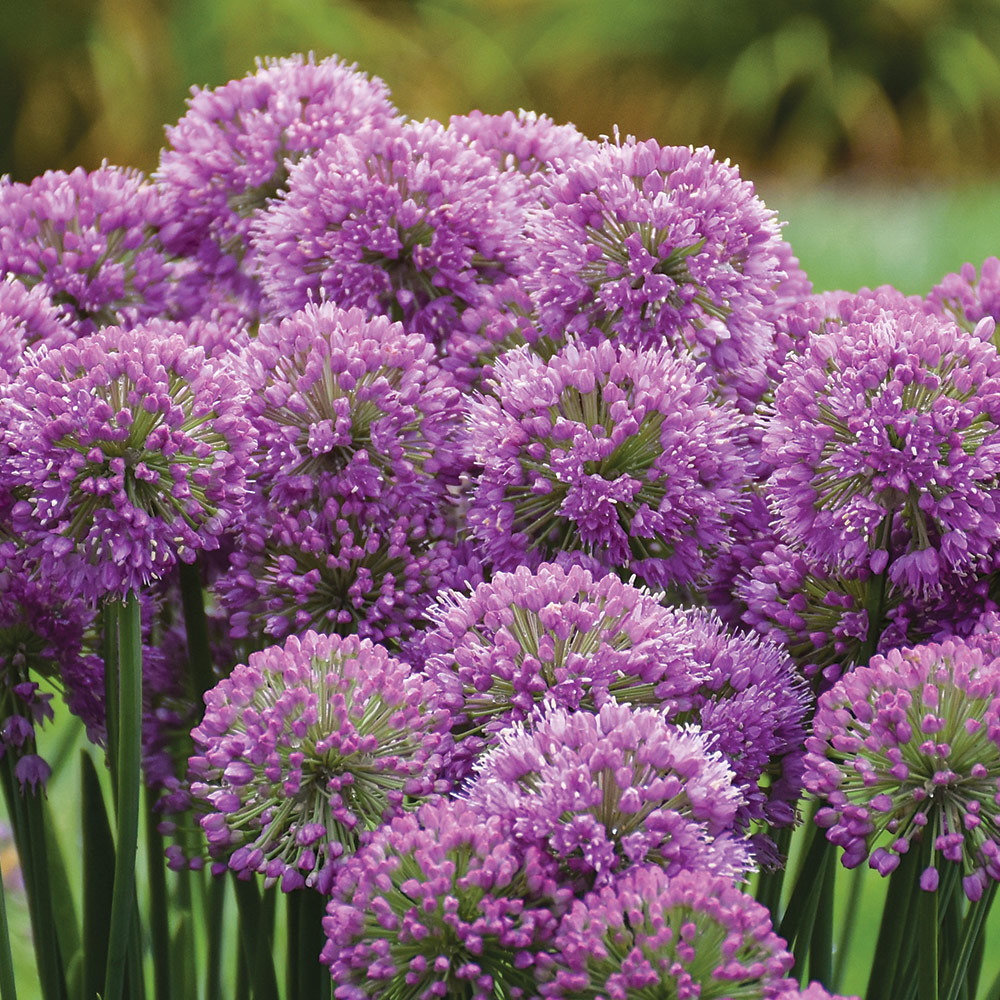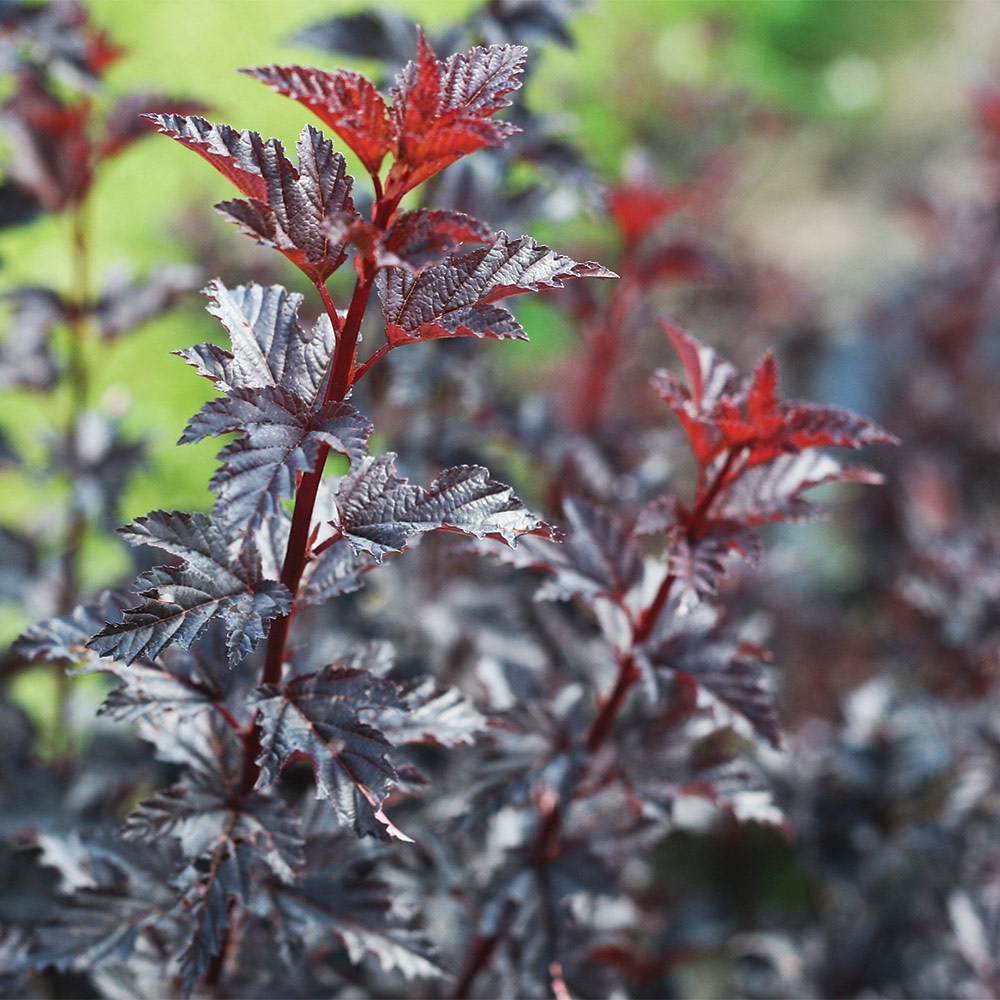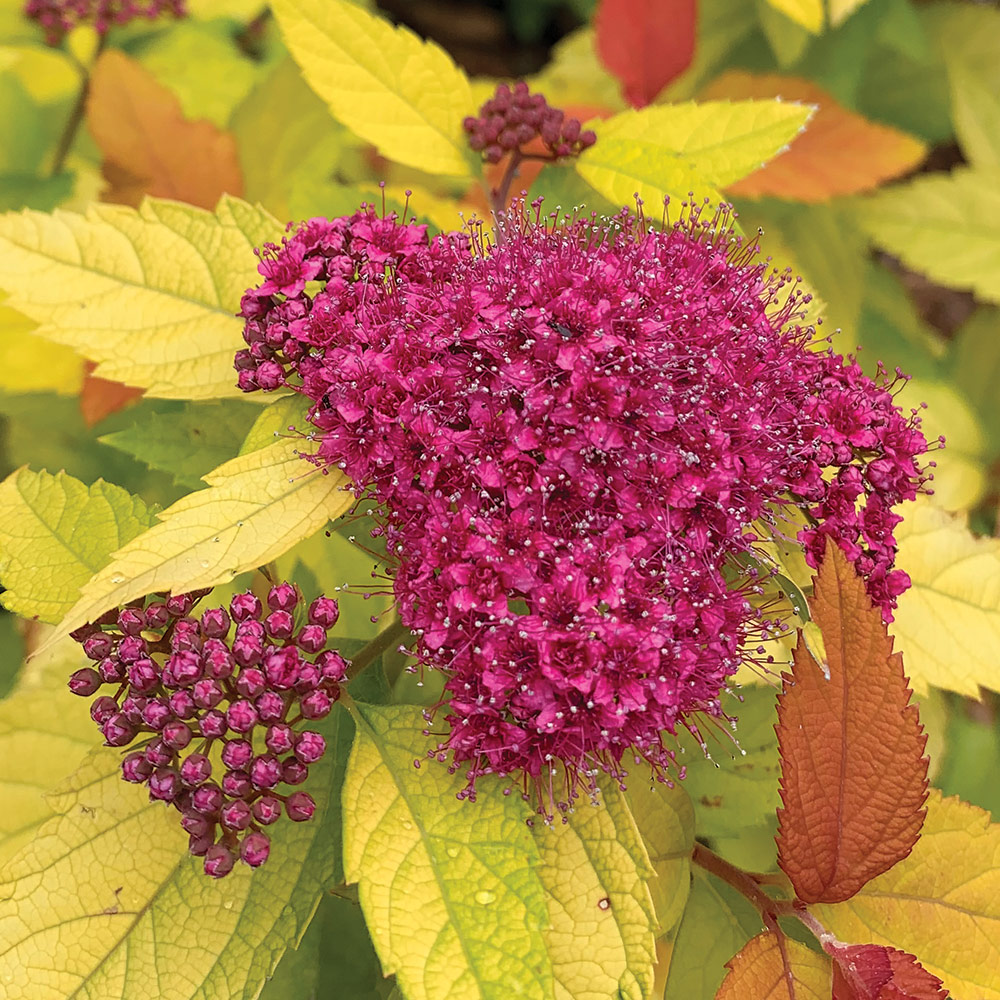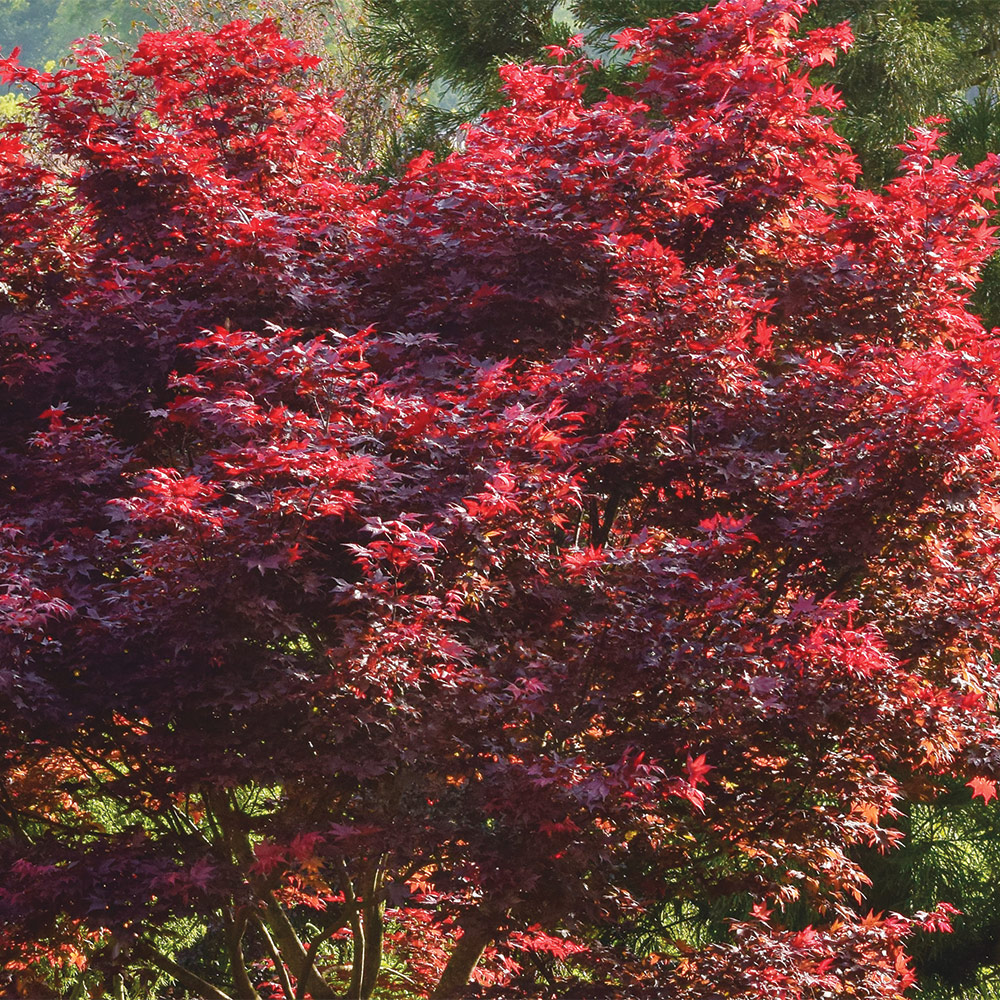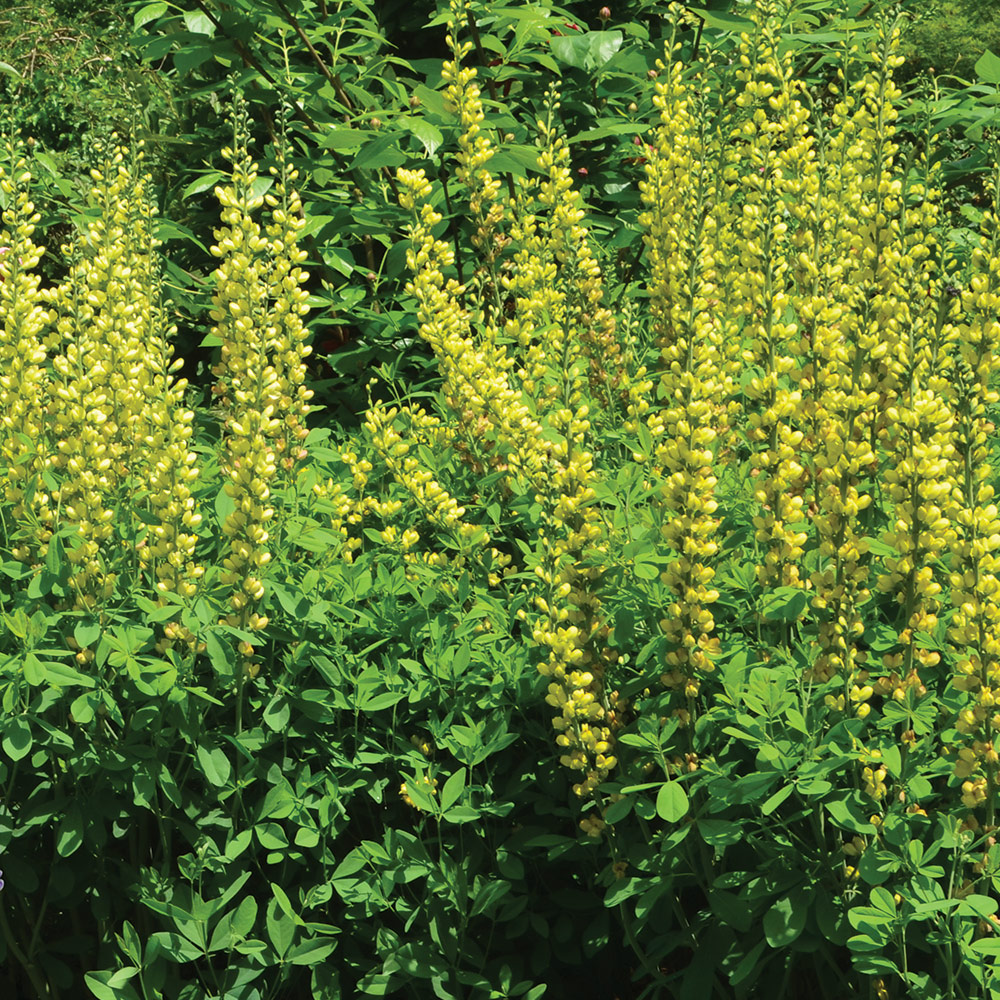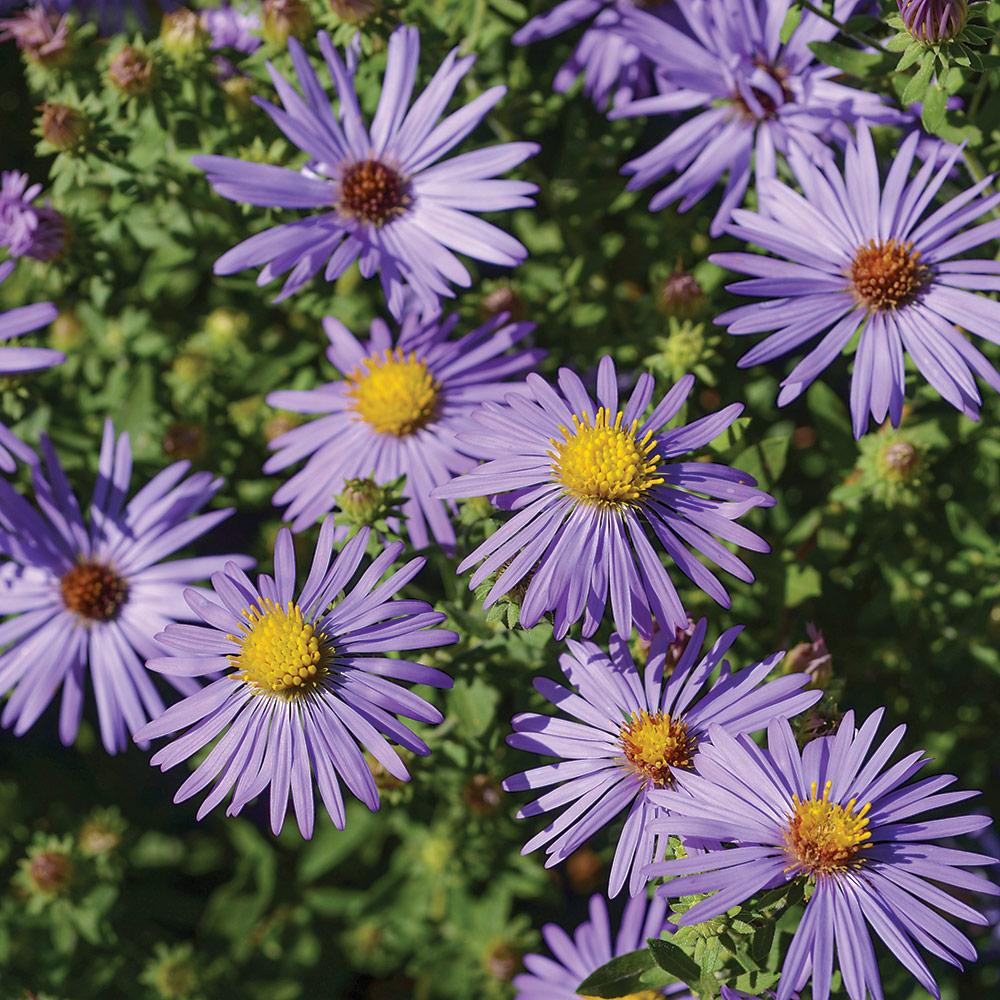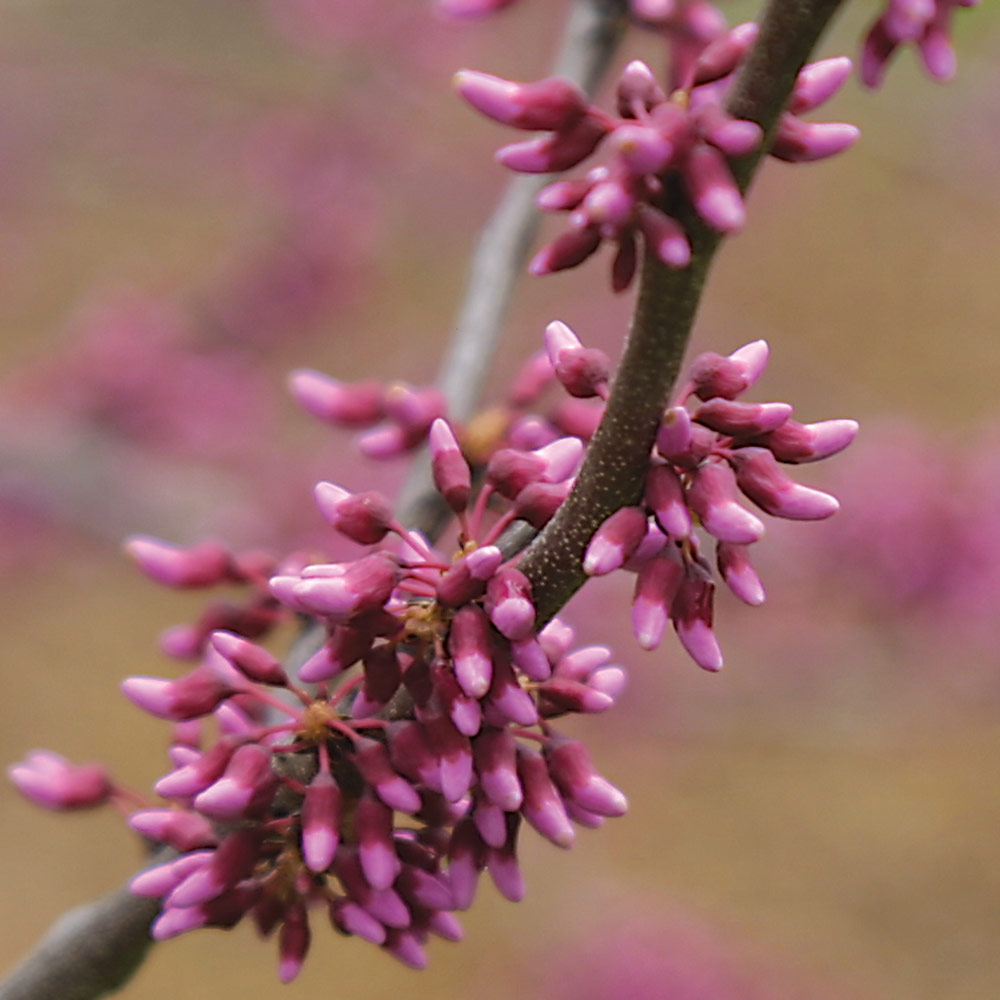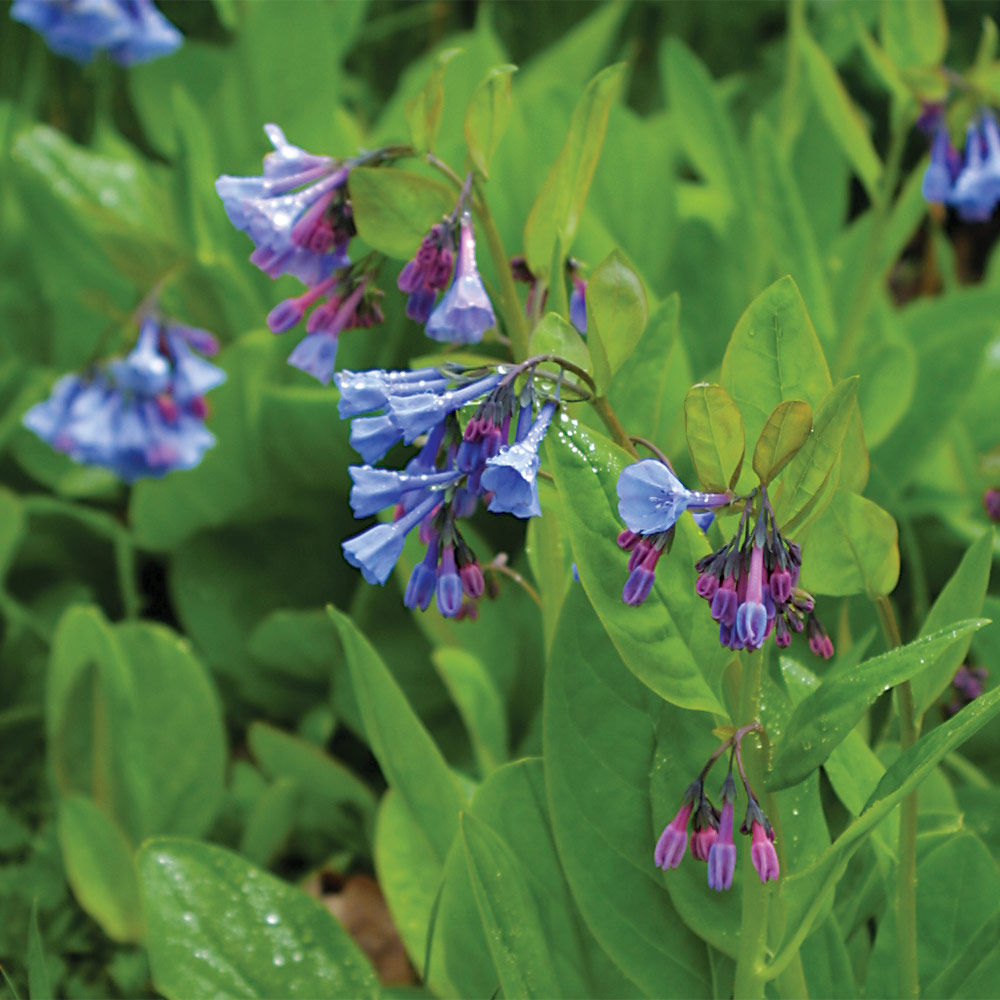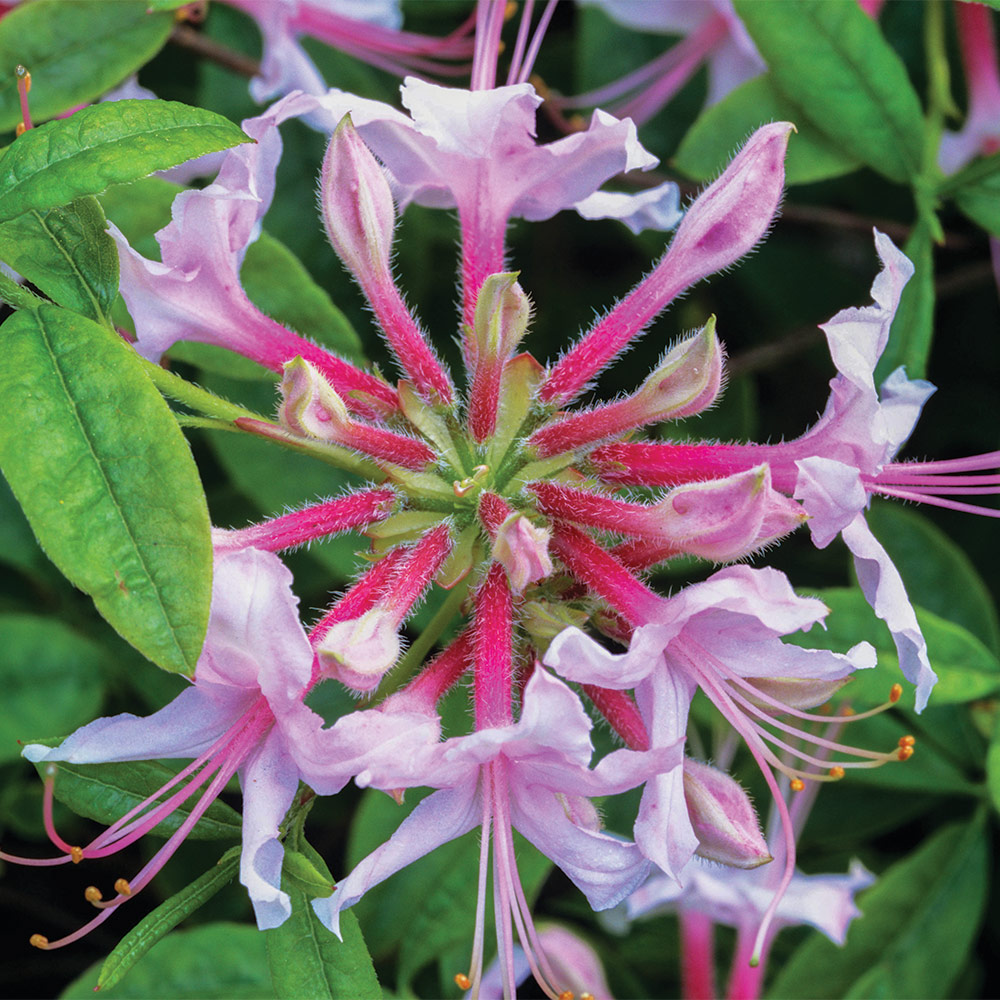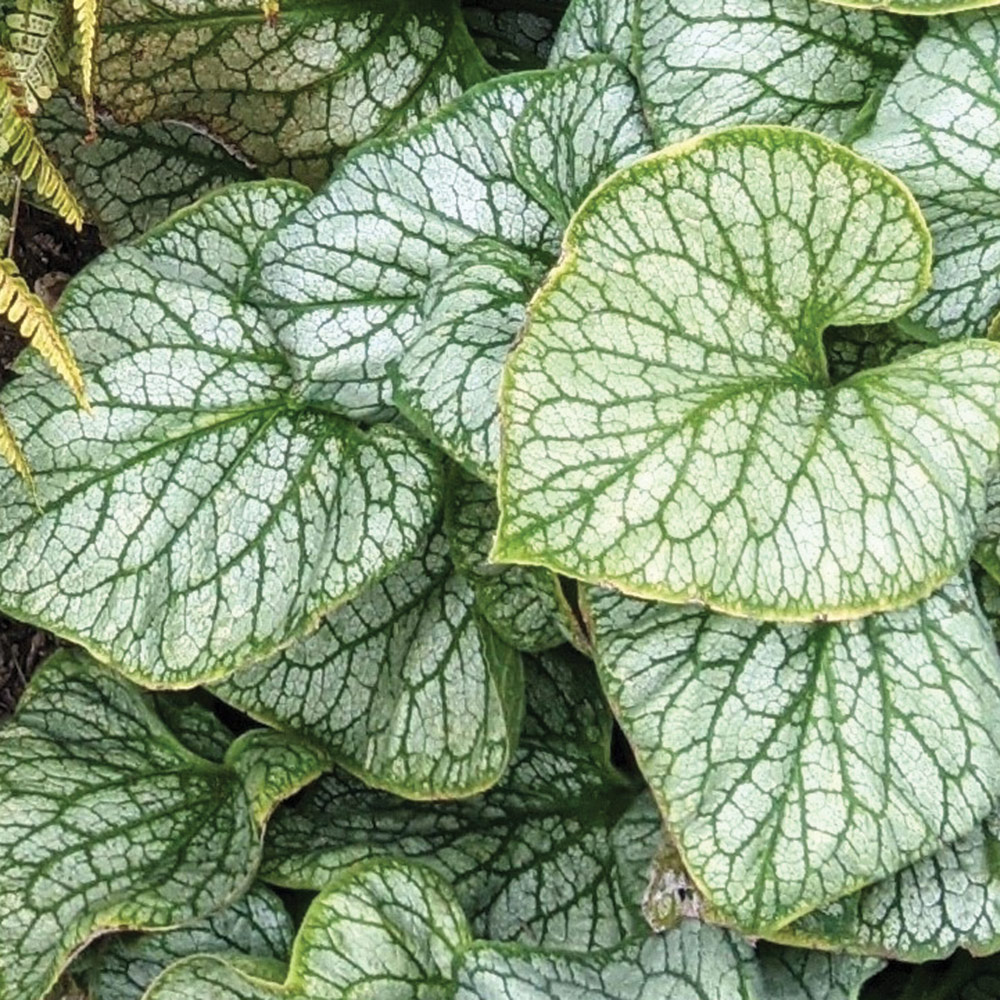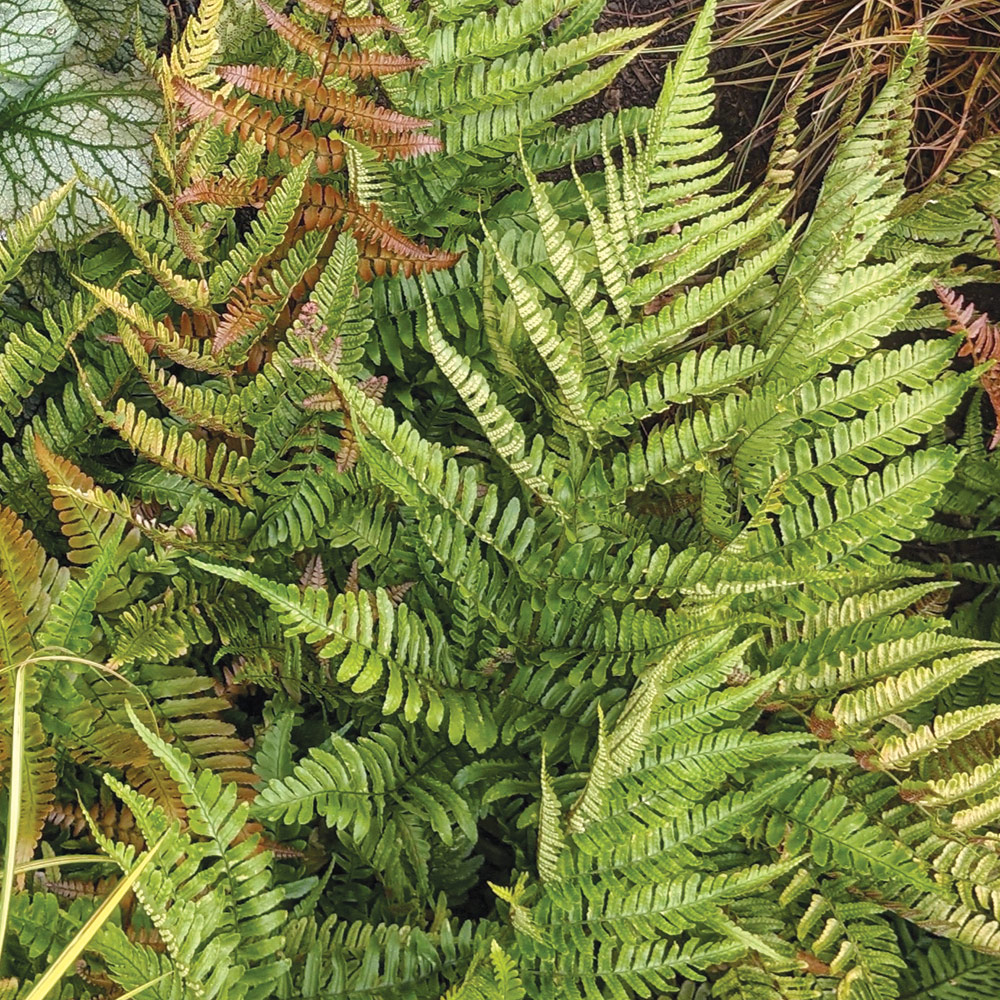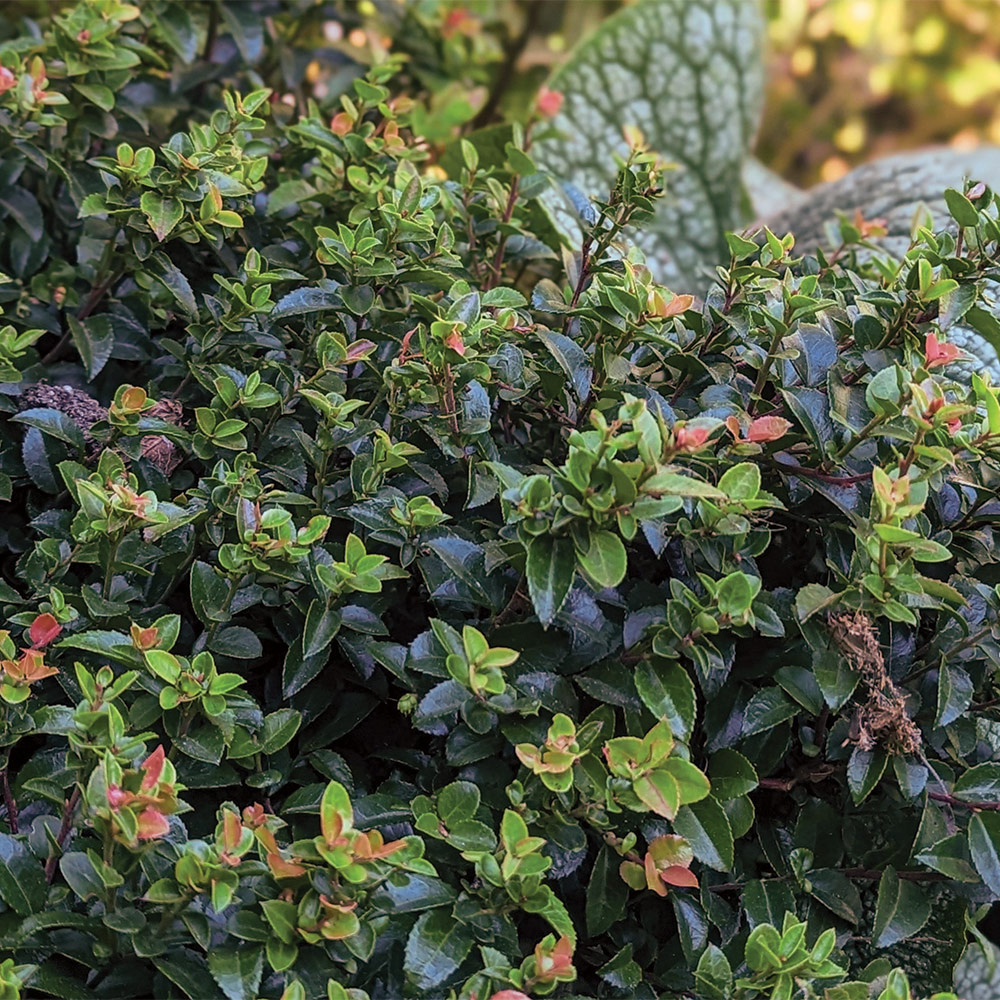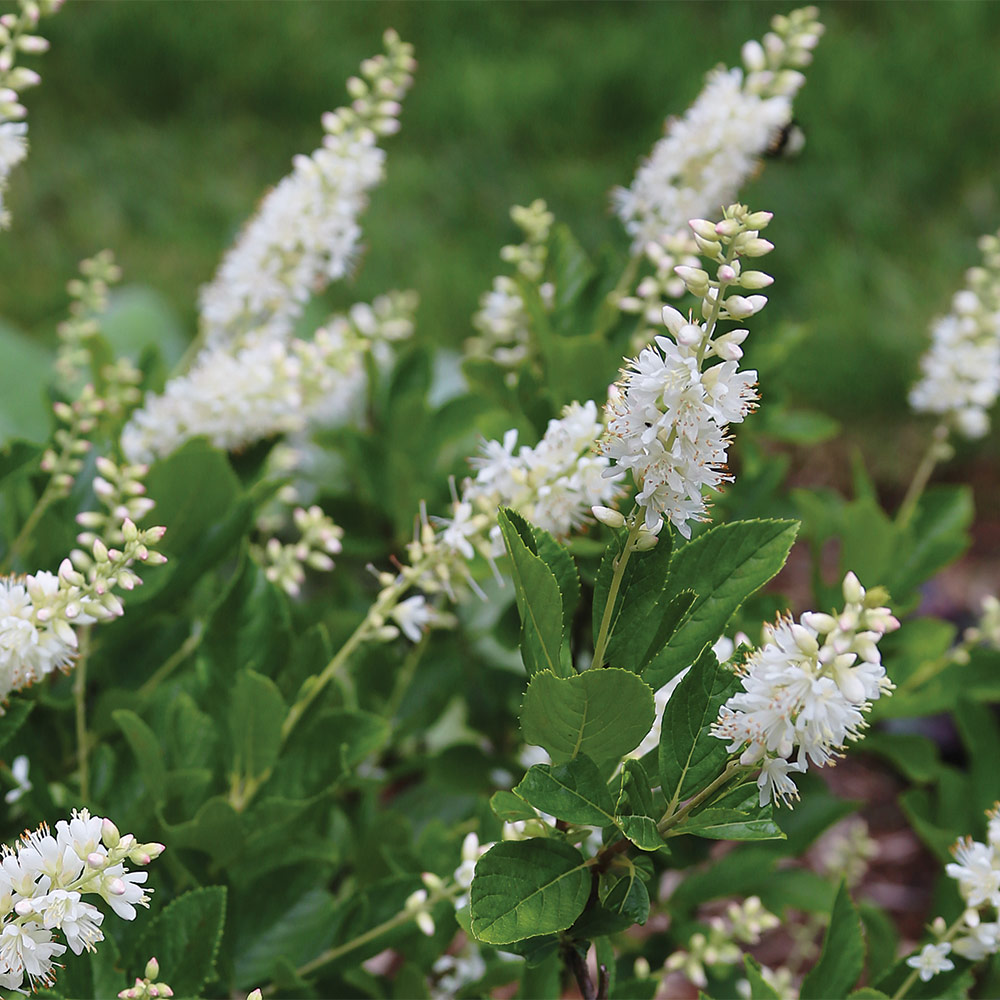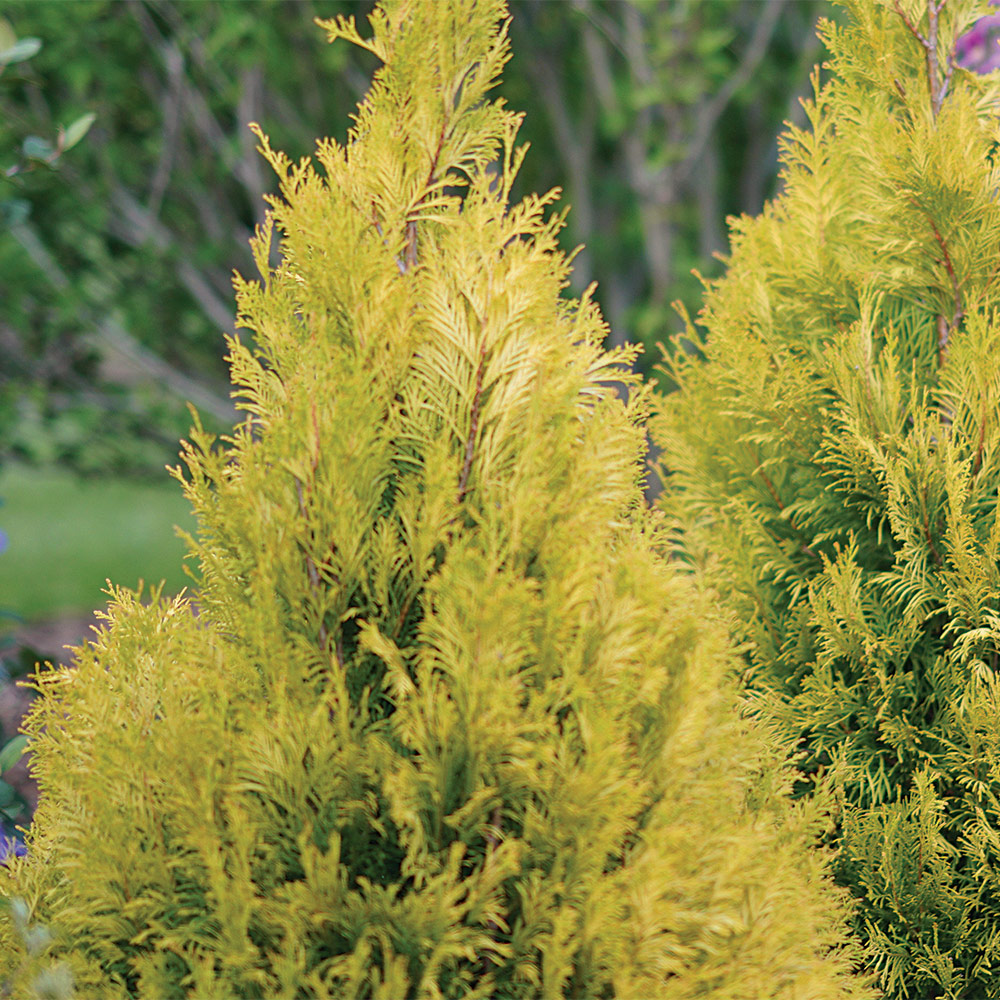Bushes are among the many many most majestic vegetation inside the panorama, and so they’re vital components of Earth’s ecology. We really couldn’t survive with out these large, gorgeous, and life-sustaining botanical wonders. However, not like herbaceous vegetation, timber sometimes require a considerable funding of time and cash to realize their full potential in cultivated landscapes. Because of there are a number of timber to pick from, we want to get our tree picks correct the first time.
That can assist you slender down your selections, we went to some horticultural specialists and requested, “When you occur to would possibly solely have one tree, which one wouldn’t it not be?” We acknowledge that asking them to resolve on just one favorite plant is a near-impossible request, nevertheless they obliged us with some implausible timber that are correct on the prime of their lists of favorites. Subsequent time you desire a tree, take into consideration together with thought of one in every of these options to your file.
‘Avondale’ Chinese language language redbud is a compact, reliable performer with lovely blooms
Identify: Cercis chinensis ‘Avondale’
Zones: 6–9
Dimension: 10 to 12 toes tall and in depth
Conditions: Full photo voltaic to partial shade; widespread, moist, well-drained soil
Native range: China
Cercis is a small genus of roughly 10 species with a worldwide distribution. These timber, typically commonly known as redbuds, are nice for lots of causes, every aesthetic and wise. They burst out in a shocking spring floral present that will range from pale pink to mauve. Like ornamental stone-fruit timber, paying homage to cherry and peach (Prunus spp. and cvs., Zones 5–8), redbuds are smaller timber that bloom sooner than leafing out. Furthermore, when the blossom present is accomplished, they supply partaking foliage that lasts for lots of the 12 months. The middle-shaped leaves, identical to these of orchid tree (Bauhinia spp. and cvs., Zones 9–11), can range from a energetic inexperienced to deep maroon, with many cultivar variations in between.
Western redbud (C. occidentalis, Zones 6–9) is our regional species in Southern California. Like a number of our native vegetation, it has modest water requirements. At The Huntington Botanical Gardens, we moreover develop a variety of redbud cultivars, paying homage to the engaging ‘Avondale’ Chinese language language redbud, which is amongst my favorites. This smaller chance performs reliably and produces lovely blooms that principally stand out inside the panorama. And like all redbuds, ‘Avondale’ is attractive, helpful to wildlife, and easy to deal with. It grows successfully as a companion to woodland understory vegetation paying homage to ferns and columbines (Aquilegia spp. and cvs., Zones 3–9), along with with spring bulbs.
The Educated
Nicole Cavender has spent her career dedicated to plant science, conservation, and coaching. She is presently director of the Botanical Gardens at The Huntington Library, Paintings Museum, and Botanical Gardens in San Marino, California.
Nicole’s useful companions
- Oregon grape (Berberis aquifolium and cvs., Zones 5–8)
- Camas (Camassia spp. and cvs., Zones 4–8)
- Heuchera (Heuchera spp. and cvs., Zones 4–9)
For the ultimate phrase helpful shade tree, choose white oak
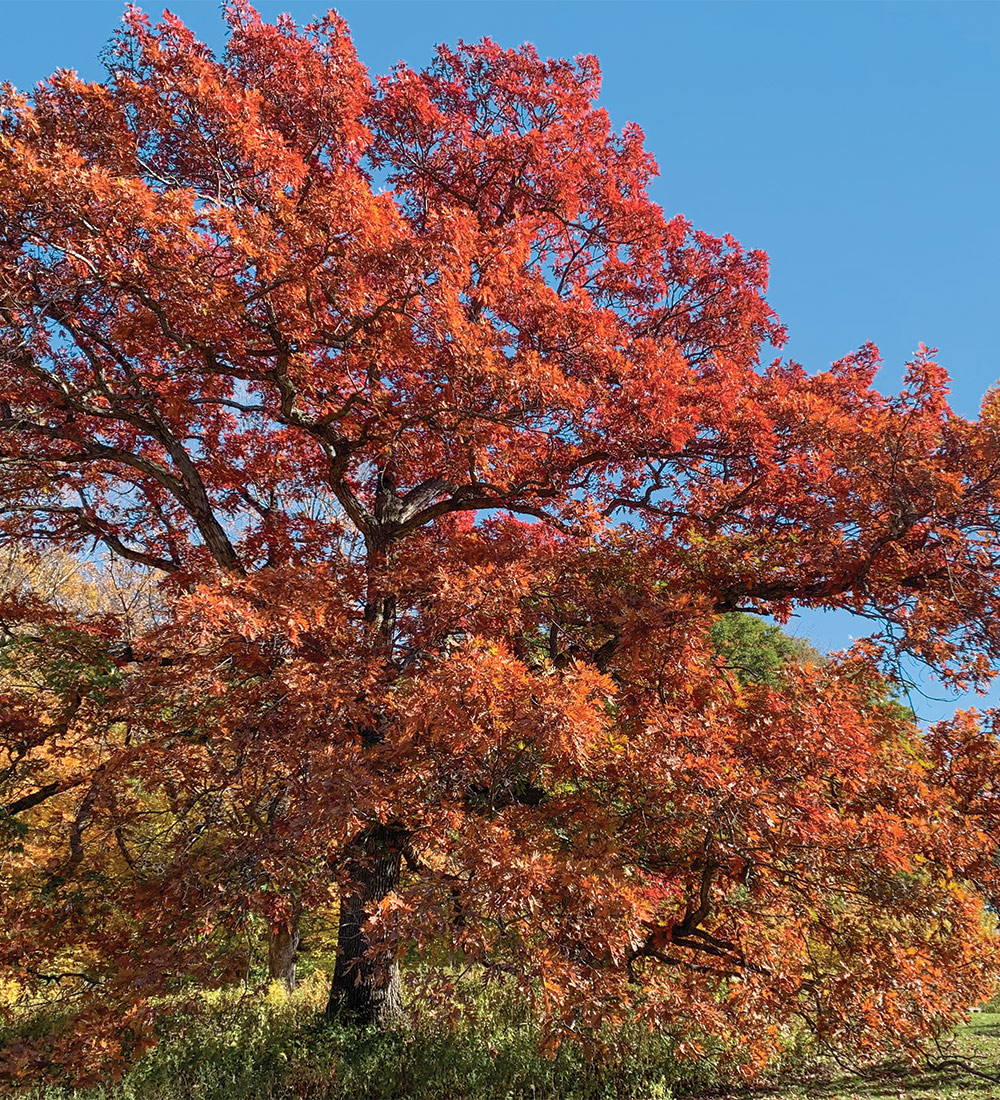
Determine: Quercus alba
Zones: 3–9
Dimension: 50 to 80 toes tall and in depth
Conditions: Full photo voltaic; moist to dry, well-drained soil
Native range: Japanese North America

An arch with no keystone is destined to interrupt down; likewise, a yard with no keystone species is ecologically prone. From New England west to Minnesota and south to jap Texas and northern Florida, white oak is the epitome of a keystone shade tree and is with out hesitation my favorite. It’s long-lived, of distinguished stature—sometimes wider than tall—and lives to a wonderful age. It grows pretty fast when planted in undisturbed, upland conditions, sometimes with two growth spurts a season.
Wanting spiffy year-round, white oak’s light gray shaggy trunks stand out in winter, and the rising foliage in spring shines from silvery to pink sooner than maturing inexperienced (image correct). The foliage hosts many helpful bugs that assist the net of life. Fall shade will probably be glorious shades from sienna to purplish crimson (image above). Youthful timber or the lower branches of older ones sometimes keep their bleached to buff-colored marcescent leaves via winter. The acorn crop is typically sturdy, a feast for further species of wildlife than that equipped by another tree. There will not be any cultivars of white oak, nevertheless choose a tree of native to regional origin for most interesting outcomes.
The Educated
Alan Branhagen is a naturalist, plantsman, and creator specializing in botany, butterflies, and birds. His career focus has been on the sustainable nurturing of public gardens and open areas, and he’s presently director of the Pure Land Institute in Rockford, Illinois.
Alan’s useful companions
- Pagoda dogwood (Cornus alternifolia and cvs., Zones 3–7)
- False Solomon’s seal (Maianthemum racemosum and cvs., Zones 3–8)
- Interrupted fern (Osmunda claytoniana, Zones 3–8)
|
|
Seven-son flower is a pollinator favorite for the late-season yard
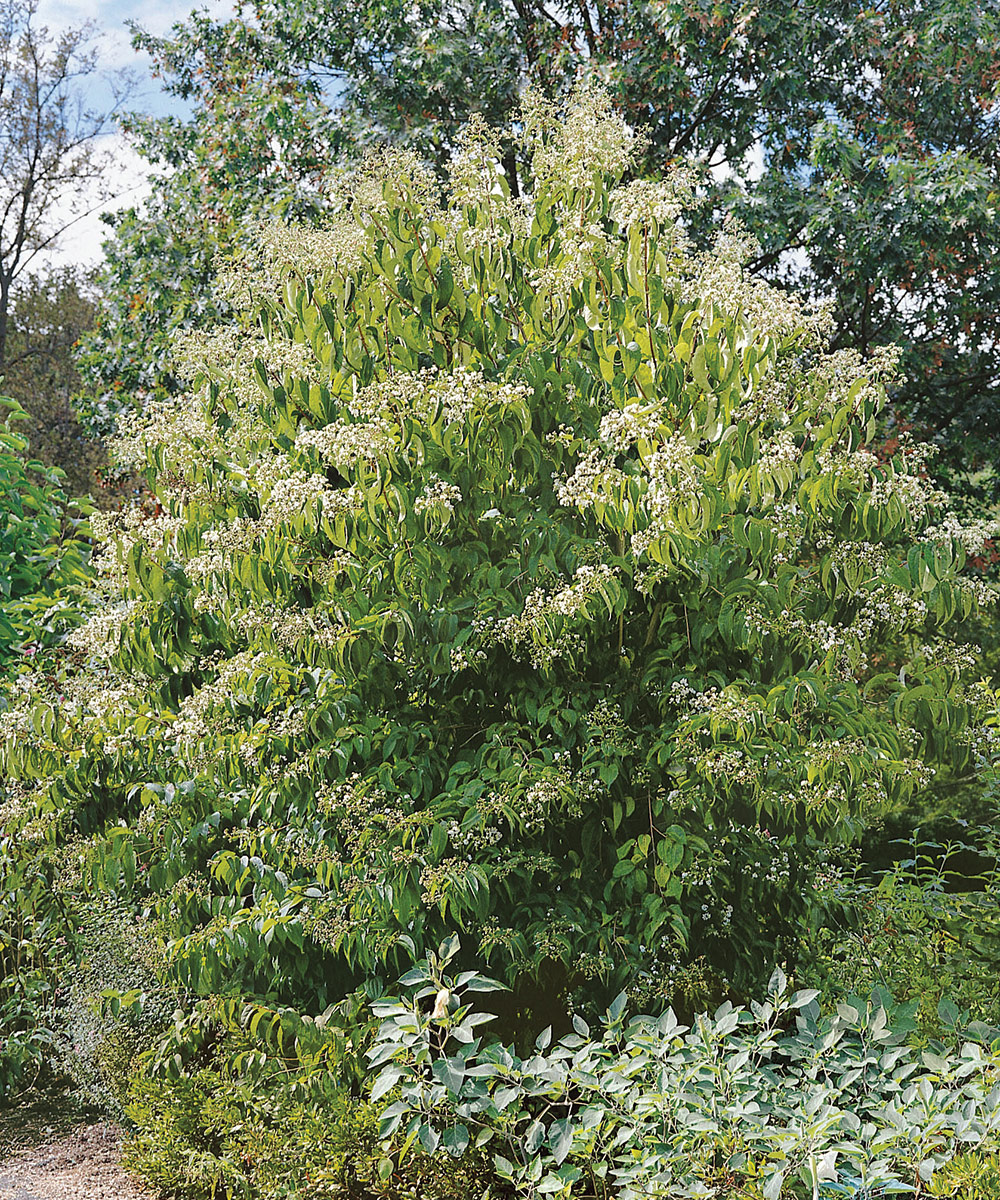
Determine: Heptacodium miconioides
Zones: 5–9
Dimension: 20 to 25 toes tall and 15 to twenty toes in depth
Conditions: Full photo voltaic to light shade; moist, well-drained soil
Native range: China
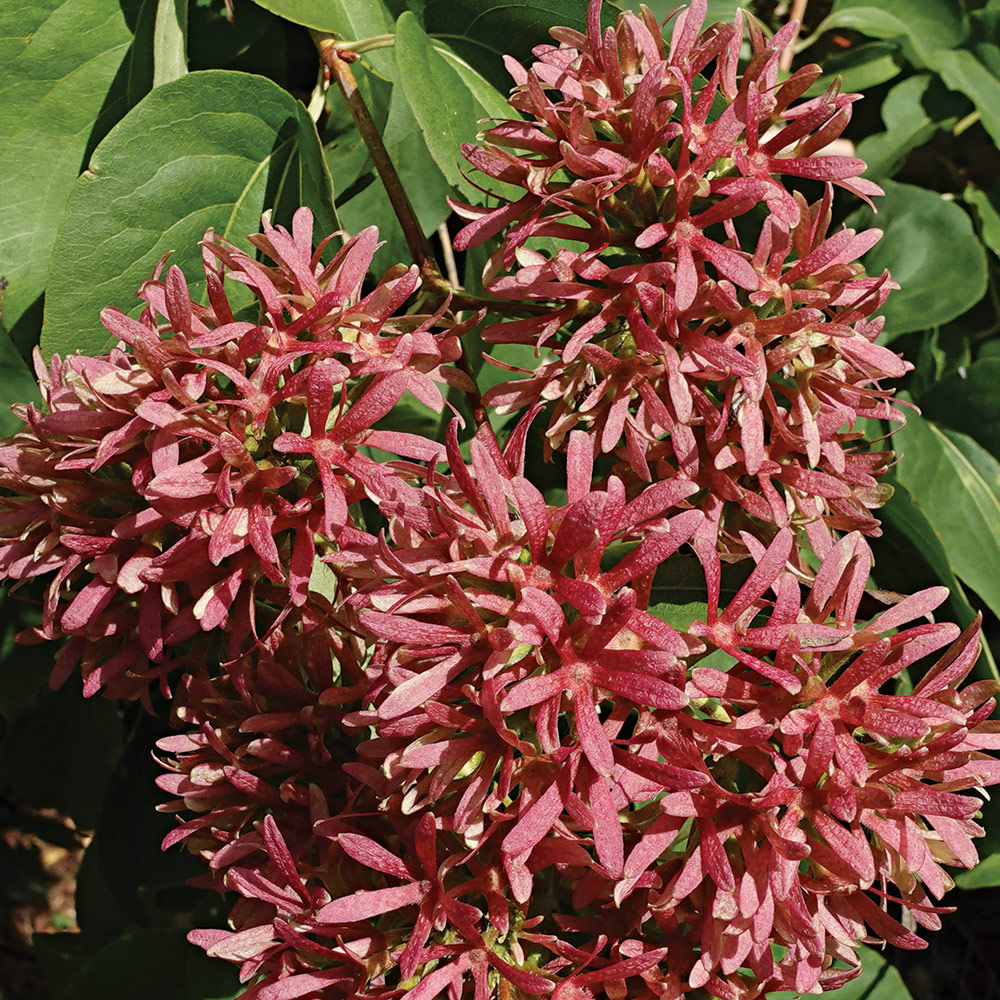
I like seven-son flower for its indispensable contributions to the late-season panorama. Blooming in the direction of the tip of summer season season, this tree is at its peak magnificence and fragrance when completely different vegetation are fading into the background. Its widespread establish was coined by Arnold Arboretum taxonomist Alfred Rehder to elucidate its inflorescence: six delightfully perfumed white blossoms borne in whorled 6-inch-long panicles, terminated by a seventh flower. The blooms, which can be extraordinarily partaking to pollinators, give technique to showy, vibrant-red sepals that persist via autumn and in some way exceed the splendor of the inflorescences (image correct).
Seven-son flower reveals a handsome, open growth habits (image above), with grayish-brown outer bark that exfoliates to reveal a lighter inside bark, together with winter curiosity. Grown as a small tree or large shrub, it matches successfully in small metropolis settings along with expansive landscapes. The easiest flowering occurs when it’s sited in full photo voltaic and well-drained soil.
The Educated
Tiffany Enzenbacher is a grower and plant scientist. Most recently she labored as the head of plant manufacturing at Harvard Faculty’s Arnold Arboretum in Boston.
Tiffany’s useful companions
- Epimedium (Epimedium spp. and cvs., Zones 3–9)
- Simple hydrangea (Hydrangea arborescens and cvs., Zones 3–9)
- Foamflower (Tiarella cordifolia and cvs., Zones 3–8)
‘Ivory Silk’ Japanese tree lilac is giant on fragrant spring blossoms
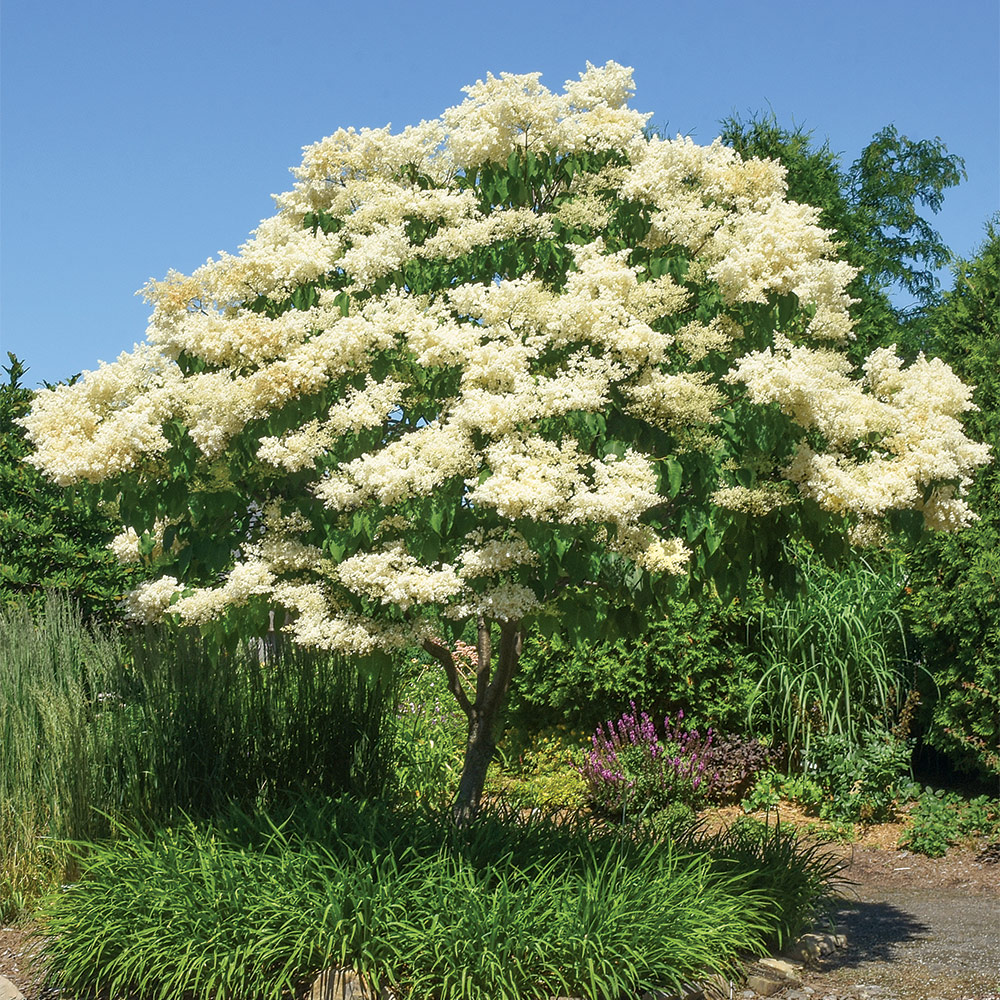
Determine: Syringa reticulata ‘Ivory Silk’
Zones: 3–7
Dimension: 20 to 25 toes tall and 15 to twenty toes in depth
Conditions: Full photo voltaic to partial shade; widespread, moist, well-drained soil
Native range: Japan
There’s a trigger I always look ahead to seeing the flower buds on the ‘Ivory Silk’ Japanese tree lilac at Powell Gardens. It signifies that spring has really arrived inside the Midwest and there’ll most likely be no further chilly snaps or random ice storms. The massive panicles of creamy white blooms will probably be seen from pretty a distance, and the flowers’ sweet fragrance drifts all through the gardens.
‘Ivory Silk’ is so loaded with blossoms that just some gained’t be missed for individuals who take them for cut-flower preparations. This small tree is the correct dimension for a lot of dwelling gardens, and it moreover has partaking reddish-brown bark on youthful stems. ‘Ivory Silk’ is easy to develop and barely bothered by pests and diseases. I notably love the darkish services of heucherella (× Heucherella and cvs., Zones 4–11) leaves blended with the tree’s bark. Snowdance™ Japanese tree lilac (S. reticulata ‘BAILNCE’, Zones 3–7), a notable choice with larger leaves that are a darker shade of inexperienced, is one different wonderful various to ponder.
The Educated
Susan Mertz is the director of horticulture at Powell Gardens in Kingsville, Missouri. She has a passion for vegetation, putting the exact specimen within the exact place, and botanical footage.
Susan’s useful companions
- ‘Serendipity’ allium (Allium ‘Serendipity’, Zones 4–8)
- Summer time season Wine® Black ninebark (Physocarpus opulifolius ‘SMNPMS’, Zones 3–7)
- Double Play® Candy Corn® spirea (Spiraea japonica* ‘NCSX1’, Zones 4–8)
|
|
|
Riveting Rosie™ magnolia gained’t get zapped with out warning early-spring freezes
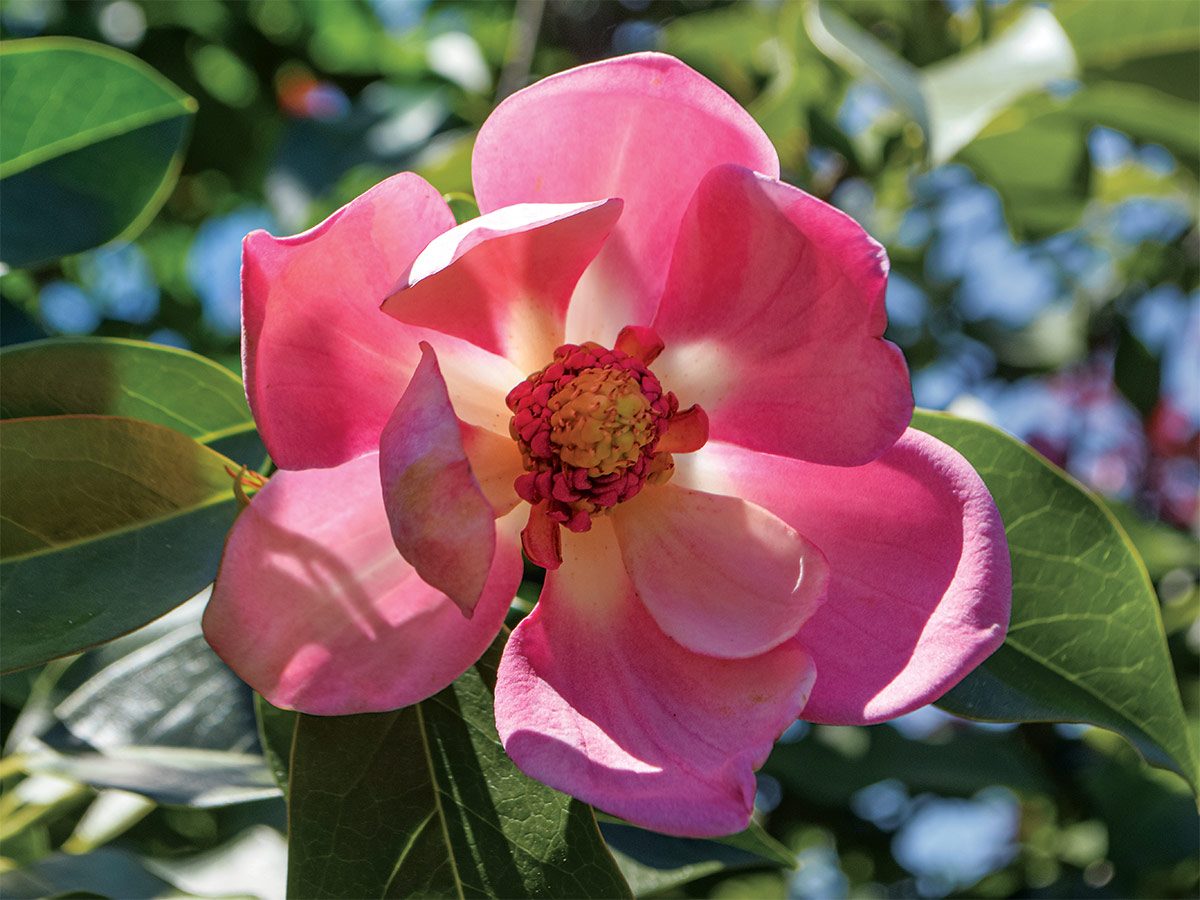
Determine: Magnolia sieboldii × M. insignis ‘Riveting Rosie’
Zones: 6–9
Dimension: 15 to twenty toes tall and 10 to 12 toes in depth
Conditions: Full photo voltaic; well-drained, acidic soil
Native range: Hybrid
In 2012, I acquired a seedling magnolia from Kevin Parris at Spartanburg Group Faculty in South Carolina. Sadly, the label was misplaced and the seedling’s identification in limbo until it flowered in 2013. And what a gift it was—with lovely, goblet-shaped, satiny, iridescent pink, fragrant flowers rising from upright to arching, egg-shaped buds. The flowers, 4 to 5 inches in diameter when completely open, are composed of six to 9 tepals, with the gynoecium (pistils) and stamens pink to deep rose. Each tepal is saturated pink on the outer and inside surfaces, and white on the bottom. Flowers, scattered all by the lustrous darkish inexperienced foliage matrix, open in midspring and proceed for a lot of weeks. This late-flowering sequence avoids the usual early spring freezes that obliterate flowers of saucer magnolia (M. × soulangeana, Zones 4–9) and star magnolia (M. stellata, Zones 4–8) in Zone 8 and reduce.
Riveting Rosie™ is an absolute standout. Remarkably, it inherited the evergreen foliage of M. insignis (Zones 7–9) moderately than the medium-green deciduous foliage of M. sieboldii (Zones 4–8). In Athens, Georgia, the foliage is evergreen to semi-evergreen, whereas in Hamden, Connecticut, a sister seedling, ‘Oyama Rose’ (Zones 6–9), is deciduous and flowers reliably. The latter is analogous, nevertheless the tepals are whiter on the within and pink on the surface.
The ten-year-old Riveting Rosie™ tree in my yard is 12 toes extreme and eight toes in depth. Extrapolating from its parentage, I estimate that the mature panorama dimension will most likely be 15 to twenty toes tall by 10 to 12 toes in depth. This magnolia is heat and drought adaptable as quickly as established, making it an exquisite tree for small and large gardens alike. Although I’ve seen flowers sporadically rising on the current season’s growth, the flower buds predominantly type on the sooner season’s growth, so prune it after flowering. This tree is a rarity at nurseries, but it surely certainly’s properly definitely worth the effort to hunt out.
The Educated
Michael Dirr, Ph.D., is an award-winning horticulturist, breeder, and creator with better than 40 years experience as an educator inside the inexperienced commerce. He spent lots of his career as a horticulture professor on the Faculty of Georgia in Athens.
Michael’s useful companions
- ‘O’Kagami’ Japanese maple (Acer palmatum ‘O’Kagami’, Zones 5–8)
- Baptisia (Baptisia spp. and cvs., Zones 3–9)
- ‘Rachel Jackson’ aster (Symphyotrichum oblongifolium ‘Rachel Jackson’, Zones 3–8)
|
|
|
Native flowering dogwood shines with multiseason curiosity
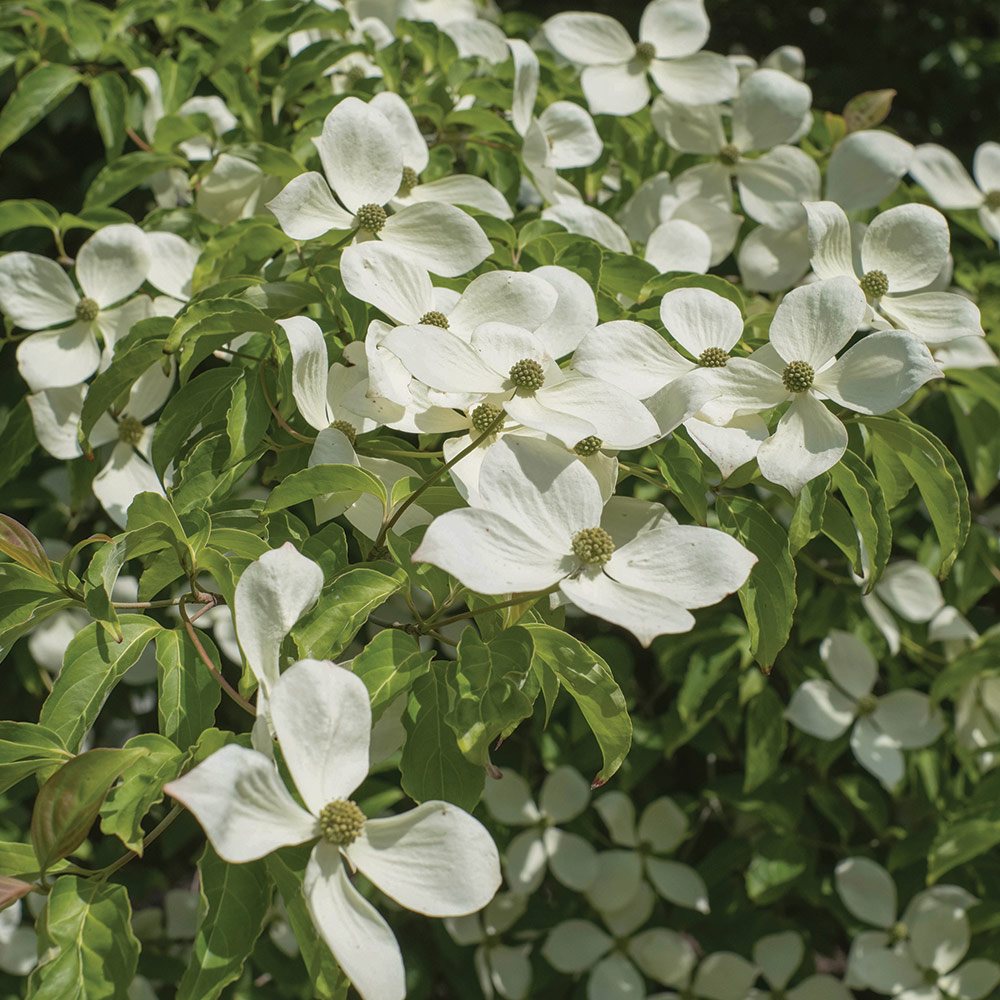
Determine: Cornus florida and cvs.
Zones: 5–9
Dimension: 12 to twenty toes tall and eight to fifteen toes in depth
Conditions: Full photo voltaic to partial shade; moist, well-drained soil
Native range: Japanese North America
Flowering dogwood has sometimes been hailed as primarily essentially the most gorgeous native flowering tree inside the jap United States. I heartily agree—it’s a stunner. The flowers themselves are tiny, nevertheless each cluster is surrounded by 4 immense white bracts that array like large saucers amid the rising leaves in spring. Each bract is curiously cleft on the tip, which supplies the bloom an endearing, barely raveled top quality. Clusters of raisin-sized, scarlet crimson berries ripen in fall just because the paired oval leaves flip shades of maroon and silver. The fat-rich fruits are relished by dozens of songbirds, though robins and waxwings declare lots of the berries on my timber.
Flowering dogwood is a small tree of the forest understory and edge, with a smooth, layered cowl designed to intercept the utmost daylight obtainable to it. Throughout the mid-Nineteen Seventies a sickness known as dogwood anthracnose began affecting the timber, inflicting division dieback and even lack of life. Bushes in the direction of the northern prohibit of their range and folks in careworn areas paying homage to deep shade and droughty soil are notably inclined. ‘Appalachian Spring’ (C. florida ‘Appalachian Spring’, Zones 5–9), a spread found rising wild in Maryland, has confirmed to be extraordinarily resistant and is broadly obtainable.
The Educated
Contributing editor William Cullina is the supervisor director of the Faculty of Pennsylvania’s Morris Arboretum and Gardens in Philadelphia and the creator of a lot of books, along with the definitive info Native Bushes, Shrubs, and Vines.
William’s useful companions
- Japanese redbud (Cercis canadensis and cvs., Zones 4–9)
- Virginia bluebells (Mertensia virginica, Zones 3–8)
- Pinxterbloom azalea (Rhododendron periclymenoides, Zones 4–9)
|
|
‘Pacific Fire’ vine maple items the scene aglow in gardens giant and small
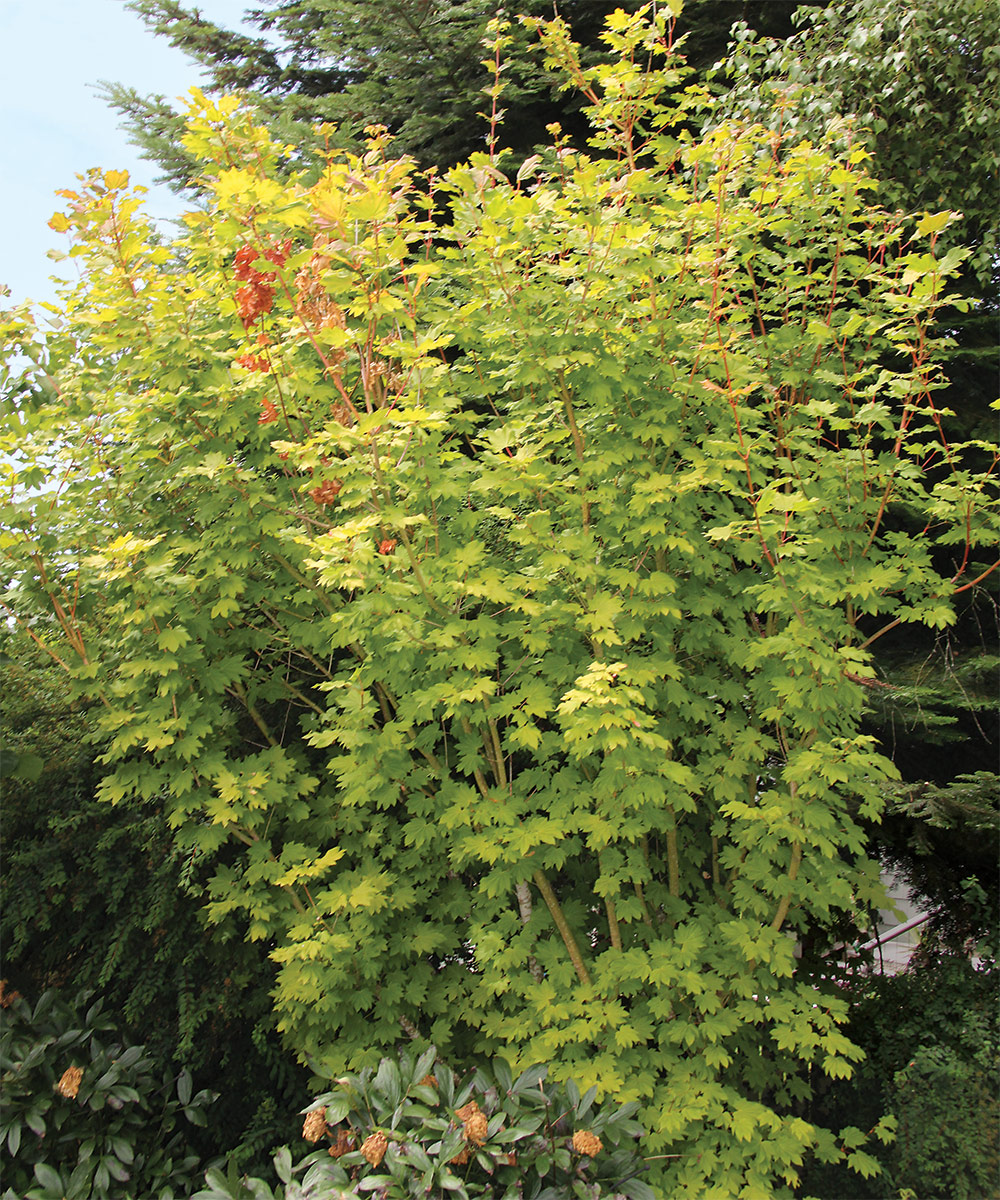
Determine: Acer circinatum ‘Pacific Fire’
Zones: 5–9
Dimension: 12 to 18 toes tall and 10 to fifteen toes in depth
Conditions: Full photo voltaic to partial shade; fertile, moist, well-drained soil
Native range: Western North America
Throughout the Pacific Northwest, vine maples are typically used native timber. When you occur to’re looking out for one factor identical to the straight species nevertheless with a bit further pizzazz and multiseason curiosity, nonetheless, take into consideration ‘Pacific Fire’ vine maple. This selection has the similar spherical leaf kind and multistemmed branching building as a result of the straight species, but it surely certainly’s slower rising and additional compact, making it a wonderful various for metropolis landscapes. The place it really stands out, though, is its coral-red stems that glow in the direction of our gray winter skies. I’ll all the time bear in mind a client telling me as quickly as how a grouping of three that I planted on the doorway fringe of her woodland was her favorite issue to see from her mattress room window.
‘Pacific Fire’ grows most interesting in partial shade. The additional photo voltaic it’s going to get, the additional the leaves sort out a bronze hue. In fall, their colors range from golden yellow to burnt orange. ‘Pacific Fire’ may be remarkably adaptive to a lot of soil conditions. From a design perspective, it could be utilized in fairly just a few strategies—as a single specimen at a entrance entry, as a grouping for privateness and screening, or, as I did for my shopper, as a transition from a further formal yard to the woodland previous.
The Educated
Courtney Olander, educated panorama designer, is the proprietor of Olander Yard Design in Seattle. She has a passion for creating areas that blend lifestyle and horticulture.
Courtney’s useful companions
- ‘Jack Frost’ brunnera (Brunnera macrophylla ‘Jack Frost’, Zones 3–8)
- Sunset fern (Dryopteris lepidopoda, Zones 5–9)
- Scarlet Ovation™ California huckleberry (Vaccinium ovatum ‘VacSid1’, Zones 7–9)
|
|
|
Chinese language language ironwood serves up putting fall shade in locales the place it’s exhausting to return again by
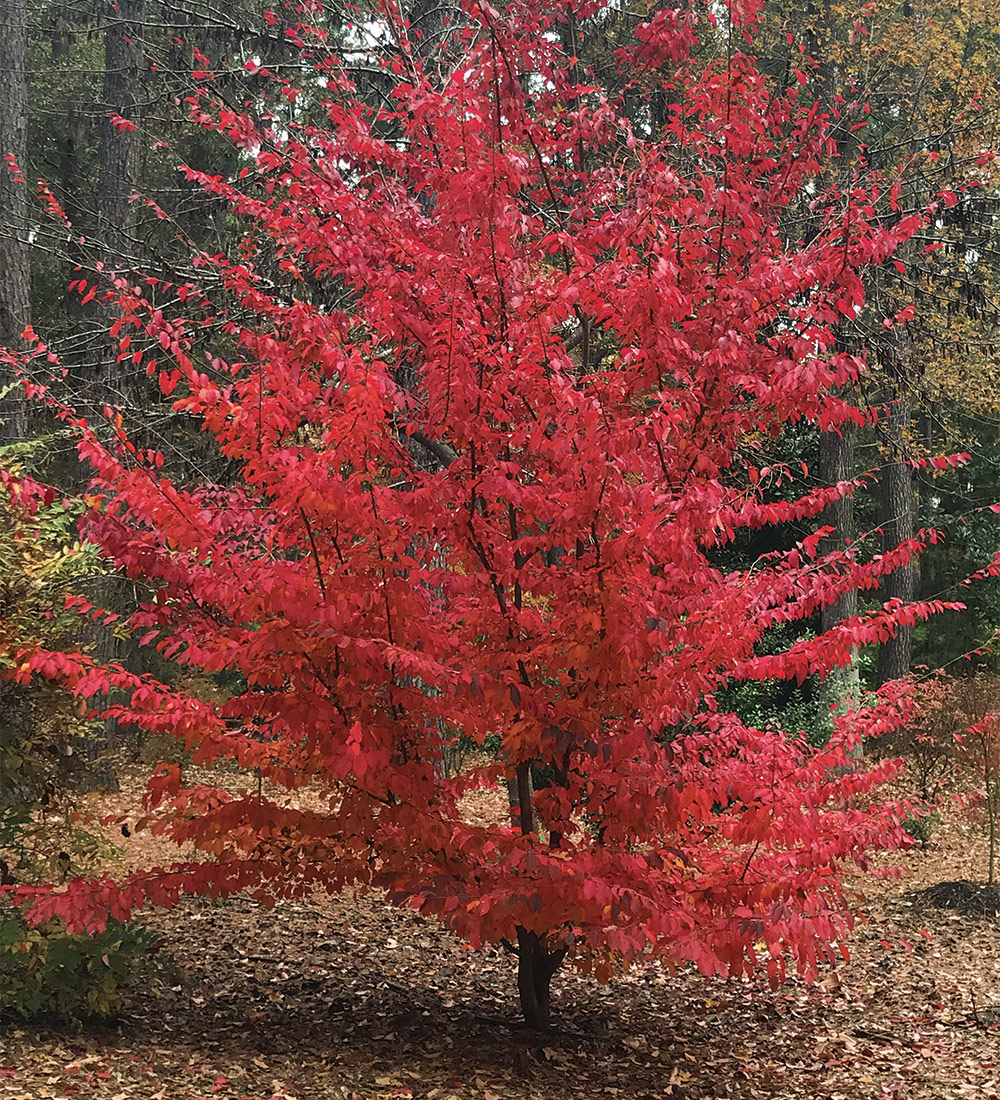
Determine: Parrotia subaequalis
Zones: 5–9
Dimension: 25 to 30 toes tall and 10 to fifteen toes in depth
Conditions: Full photo voltaic to partial shade; moist, well-drained, acidic soil
Native range: China
Chinese language language ironwood must be a rage wherever inside the Gulf South, the place fall shade is troublesome to hunt out. Launched into custom in North America in 2004 by plantsman Ozzie Johnson, it’s nonetheless infrequently encountered. What’s distinctive about this species is that it was current in jap China, about 3,500 miles away from the pure range of Persian ironwood (P. persica, Zones 4–8), which has been in custom for over 100 years in North America. What items Chinese language language ironwood apart from its Persian relative is fall shade, which begins off maroon and transitions into fire engine crimson. It’s marcescent, holding the foliage successfully into the winter.
Chinese language language ironwood grows fast and might be very simple to propagate from cuttings taken in late spring. It’s been bone hardy in East Texas. In precise truth, in February 2021 it survived an East Texas all-time file low temperature (beneath zero) with no damage. It appreciates well-drained, barely acidic soil, and with age it produces partaking exfoliating bark. I feel that at full maturity it will prime out at a manageable 30 toes tall and half as in depth.
The Educated
David Creech, Ph.D., is a retired professor of horticulture and the current director of Stephen F. Austin State Faculty Gardens in Nacogdoches, Texas. He acquired the Glorious Worldwide Horticulturist Award from the American Society for Horticultural Science in 2022.
David’s useful companions
- Clethra (Clethra alnifolia and cvs., Zones 3–9)
- ‘Florida Sunshine’ anise (Illicium parviflorum ‘Florida Sunshine’, Zones 6–9)
- Fluffy® western arborvitae (Thuja plicata ‘SMNTPGF’, Zones 5–8)
|
|
|
Strategies to plant and take care of a tree
Planting a tree is a huge funding. Other than choosing the right one in your web site conditions and space (timber need a wide range of room to develop), the way in which you plant and take care of it moreover points. Sooner than sinking your shovel into the underside, make sure you’re planting your tree on the correct time of 12 months and following these elementary planting and care strategies.
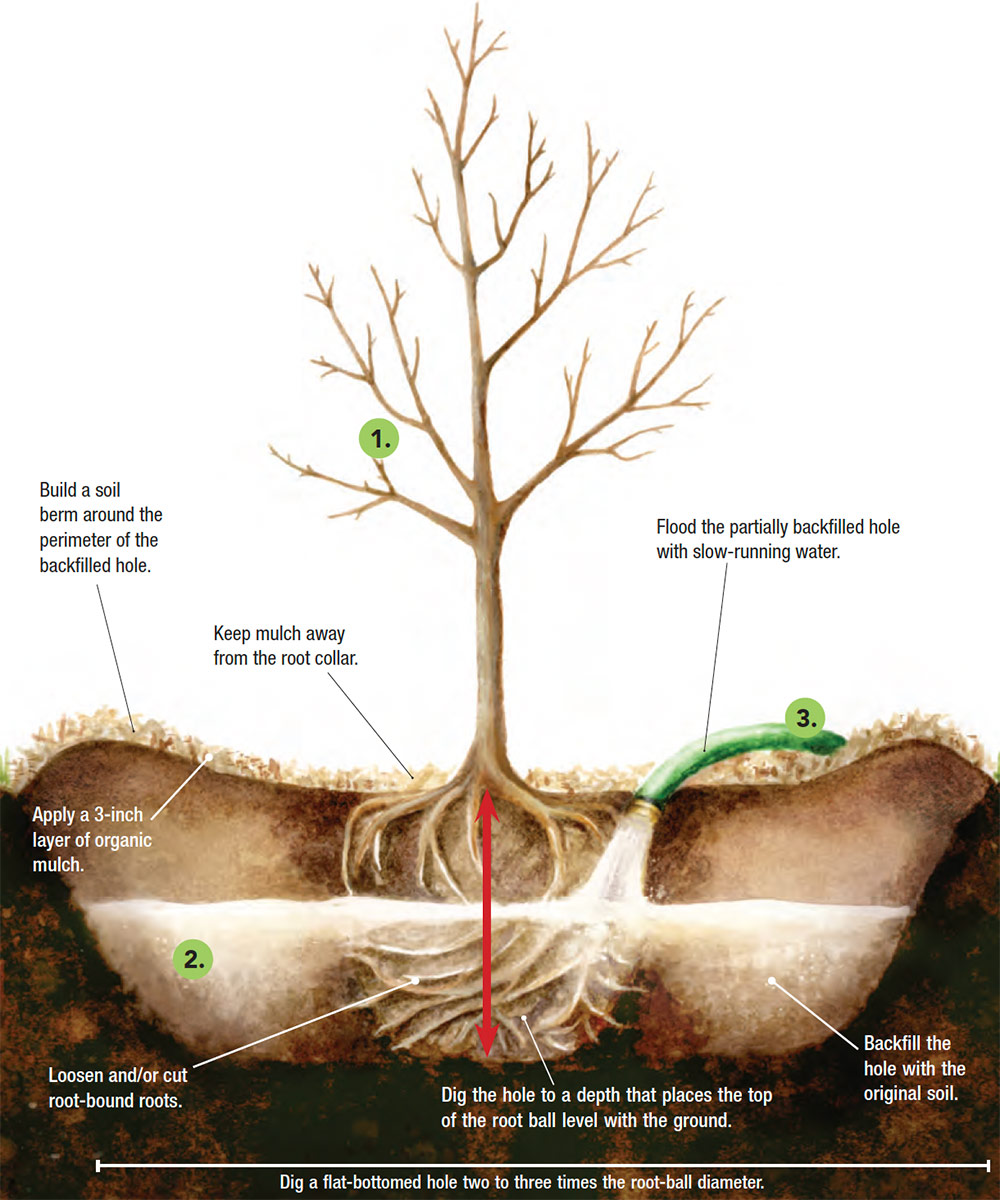
1. Choose the exact time
Whereas summer season season is an effective trying time of 12 months to be outdoors, it’s completely the worst time to plant timber. The heat and diminished moisture are giant stressors for vegetation, notably new timber with sizable root and structural strategies that need to become established. The easiest time to plant a tree is in spring. Fall is appropriate too, nevertheless utterly stay away from planting in summer season season.
2. Dig an accurate hole
The scale and depth of your tree-planting hole points considerably. Roots revenue from large holes the place they’ll unfold merely and become established. However, don’t go too deep in any other case you’ll bury the tree’s root collar, which is ready to cut back the plant’s vigor and will end in lack of life. The rule of thumb is to dig your hole two to three cases wider than the tree’s root ball. The depth must be no more than the height of the inspiration ball.
3. Moist successfully and typically
Bushes often need 1 to 3 inches of water per week all 12 months lengthy, nevertheless widespread moisture is especially important all through establishment, scorching spells, and dry intervals (even in winter). Top-of-the-line methods to water a tree is slowly and deeply. Setting up a brief lived soil berm on the perimeter of the backfilled hole helps to forestall runoff and permits water to soak in slowly all through establishment. A 3-inch-deep layer of pure mulch moreover helps to retain soil moisture.
Sources
Thank you for being a valued member of the Nirantara family! We appreciate your continued support and trust in our apps.
-
Nirantara Social - Stay connected with friends and loved ones. Download now:
Nirantara Social

-
Nirantara News - Get the latest news and updates on the go. Install the Nirantara News app:
Nirantara News

-
Nirantara Fashion - Discover the latest fashion trends and styles. Get the Nirantara Fashion app:
Nirantara Fashion

-
Nirantara TechBuzz - Stay up-to-date with the latest technology trends and news. Install the Nirantara TechBuzz app:
Nirantara Fashion

-
InfiniteTravelDeals24 - Find incredible travel deals and discounts. Install the InfiniteTravelDeals24 app:
InfiniteTravelDeals24

If you haven't already, we encourage you to download and experience these fantastic apps. Stay connected, informed, stylish, and explore amazing travel offers with the Nirantara family!
Source link

